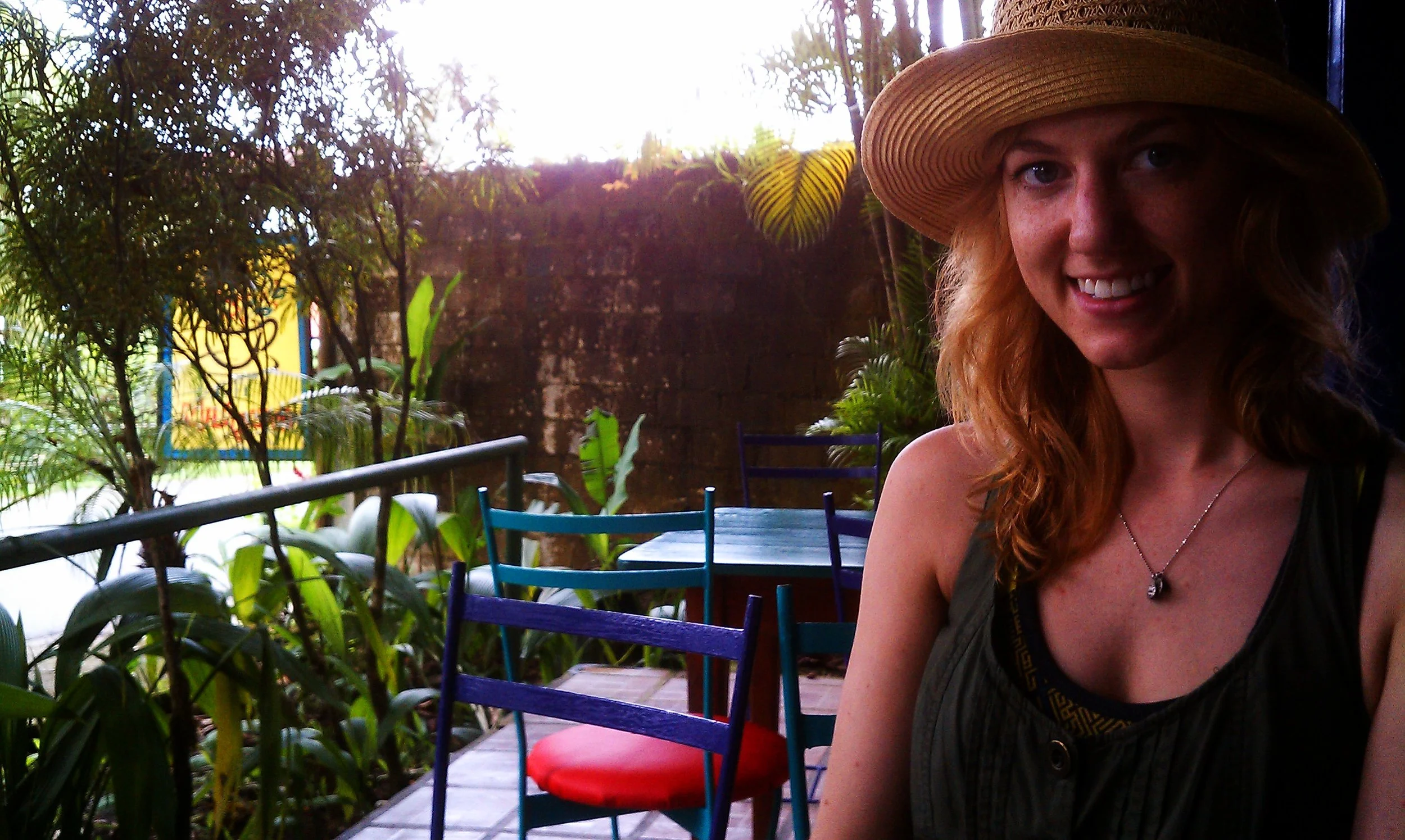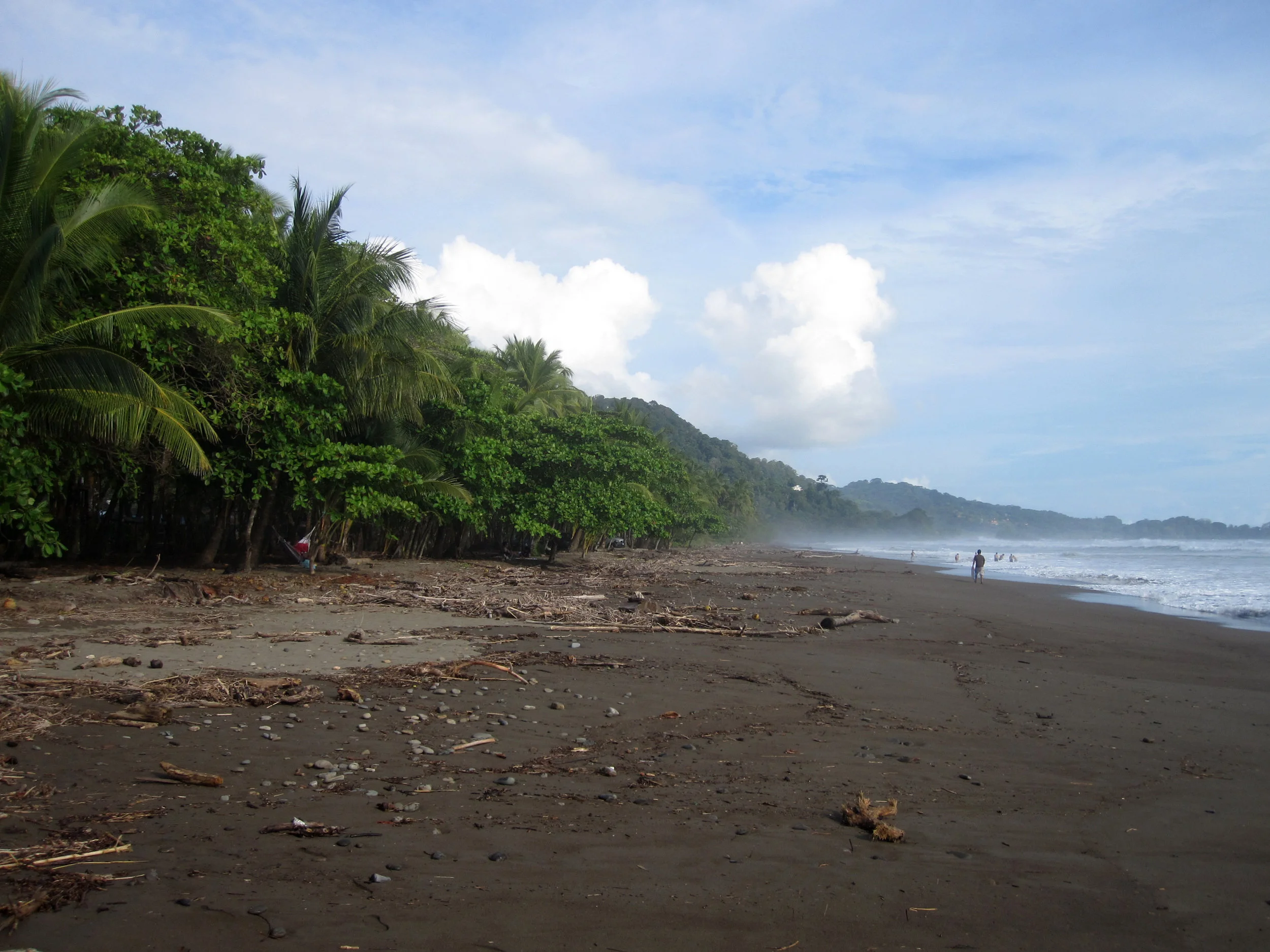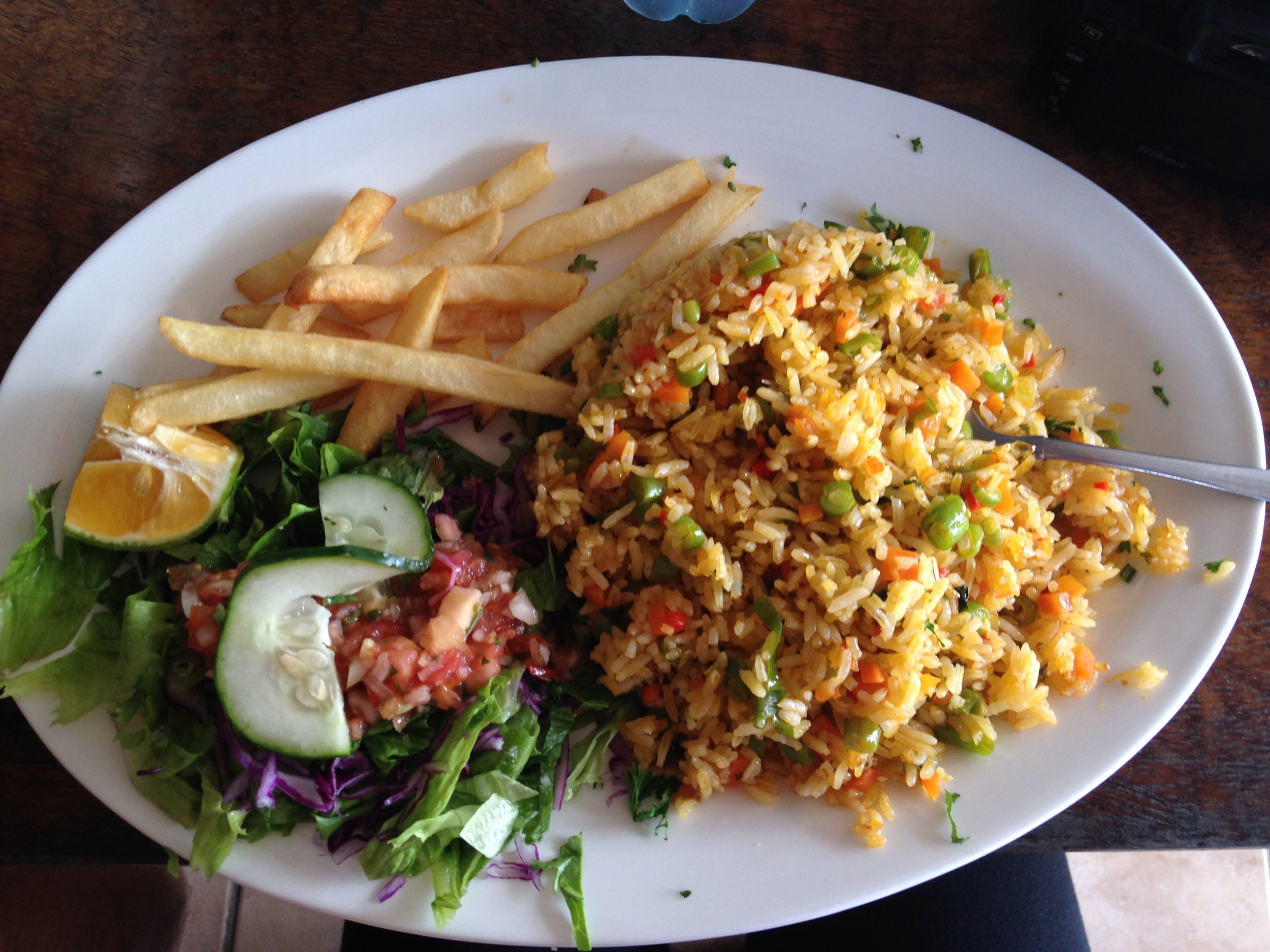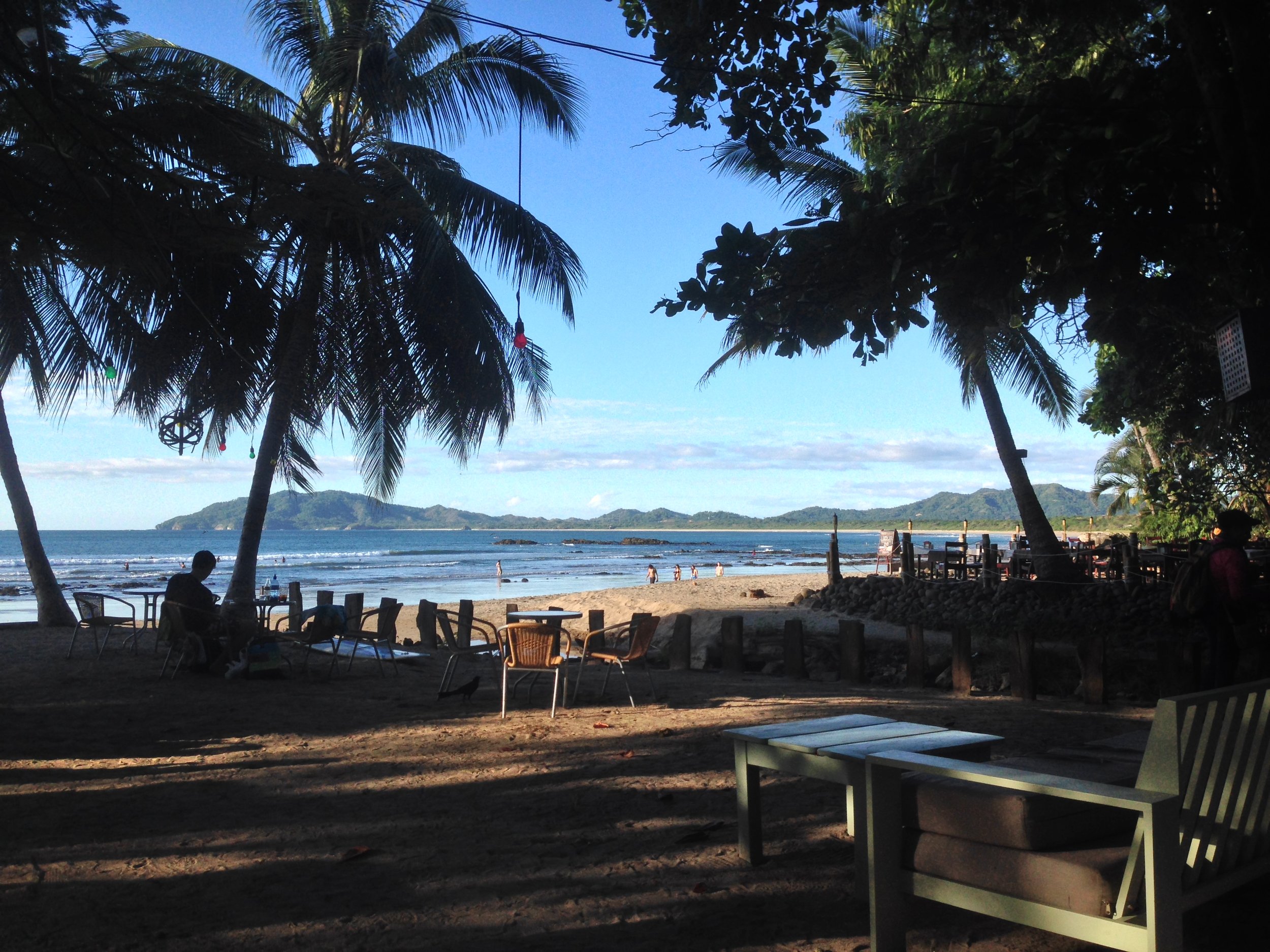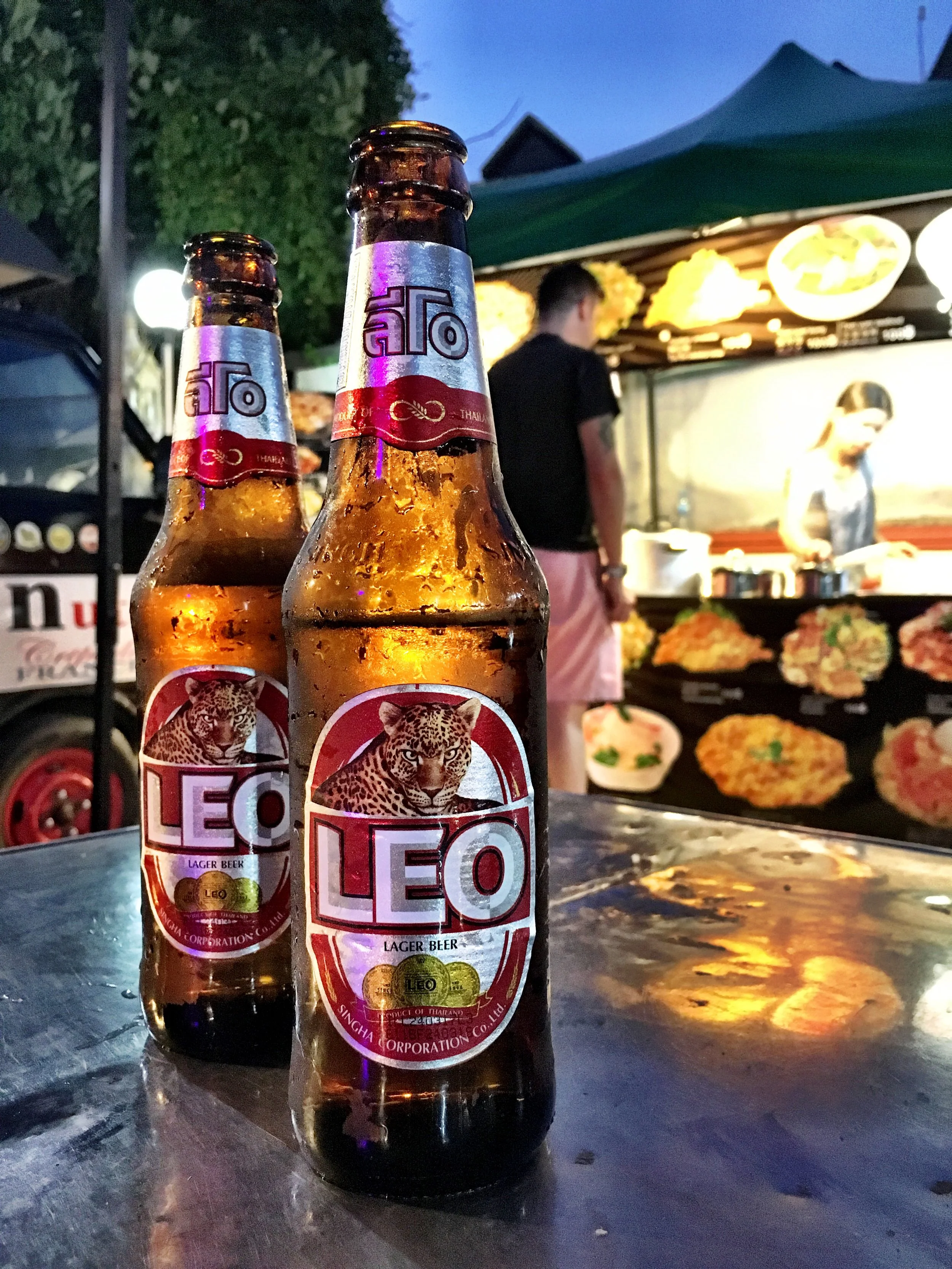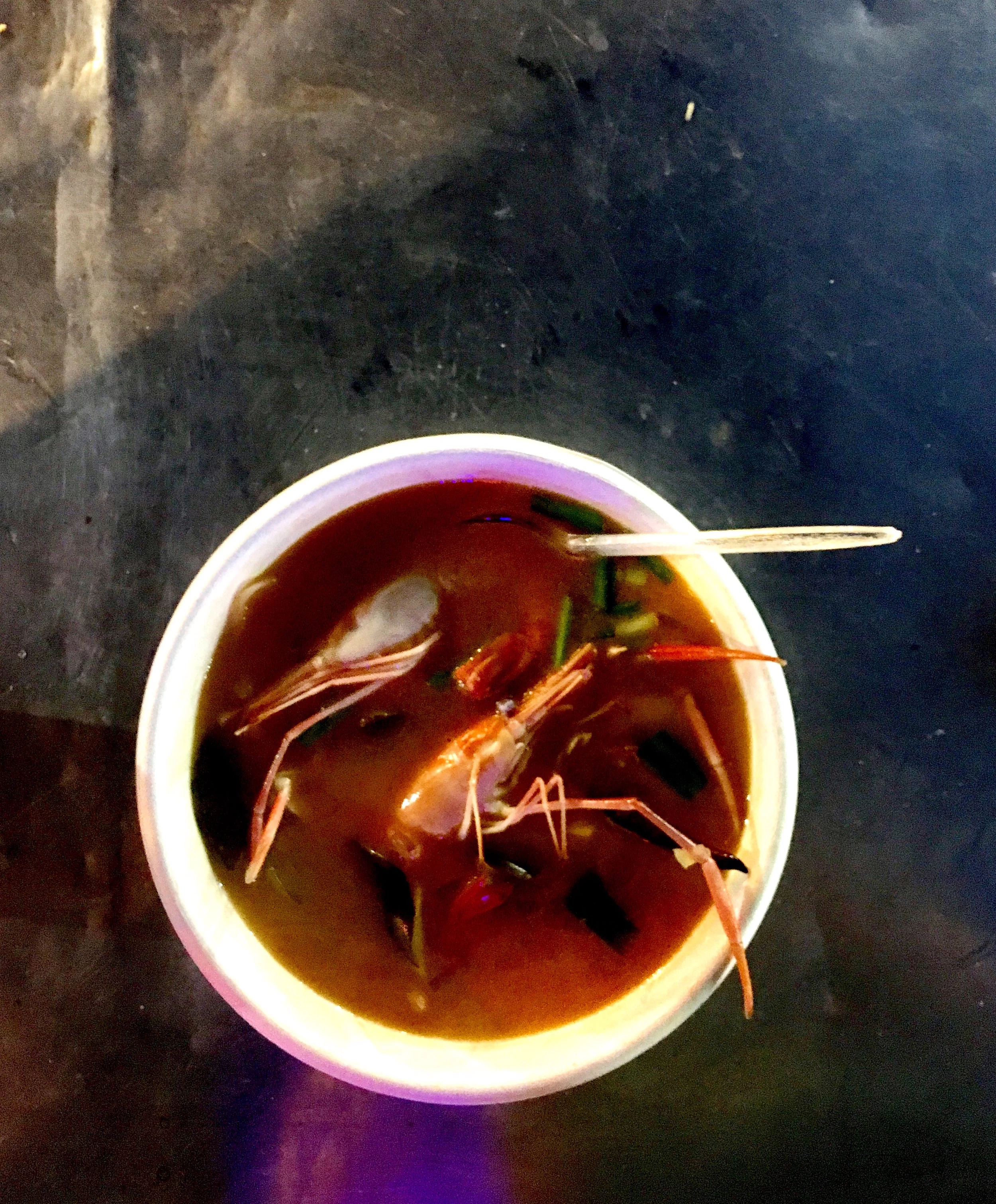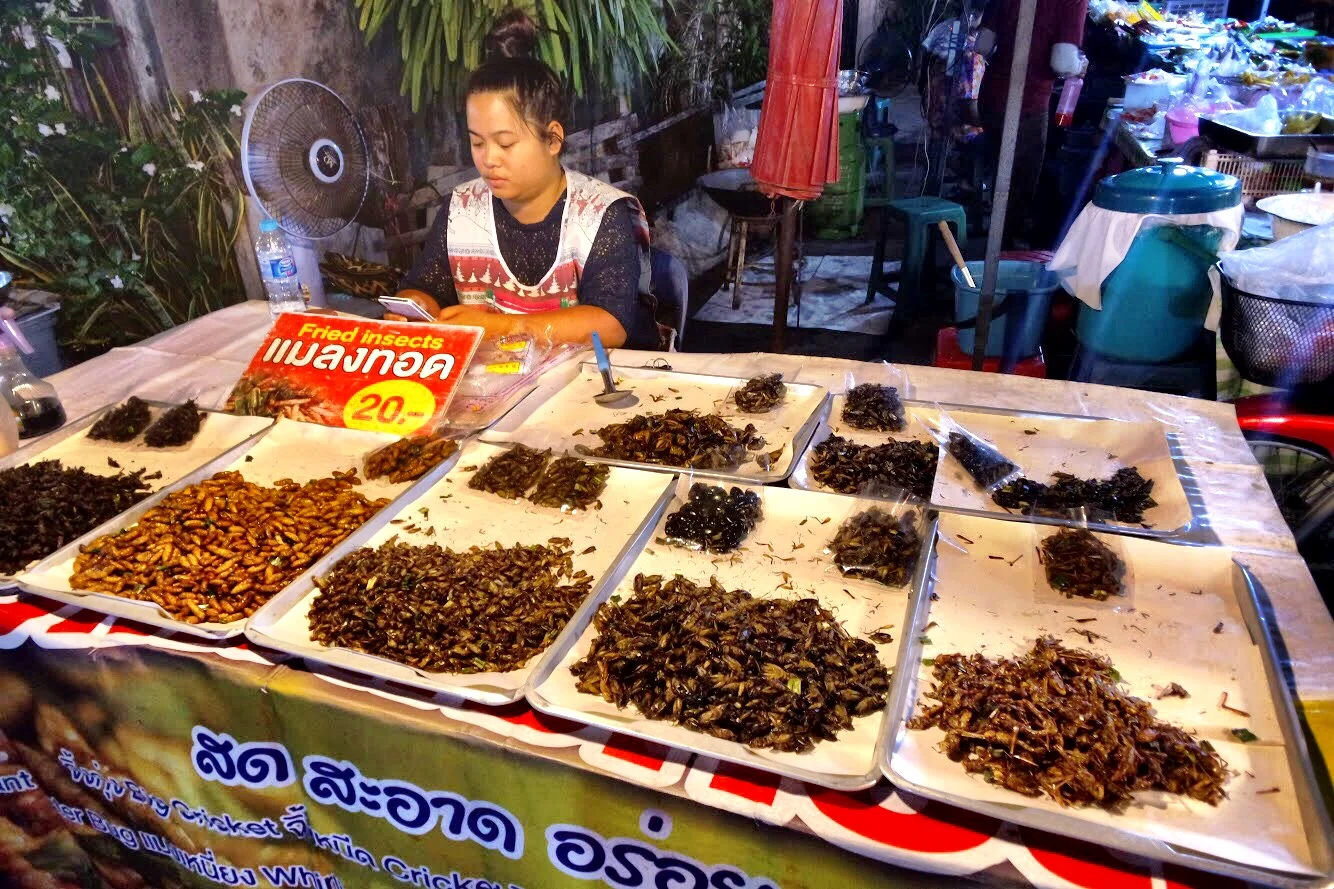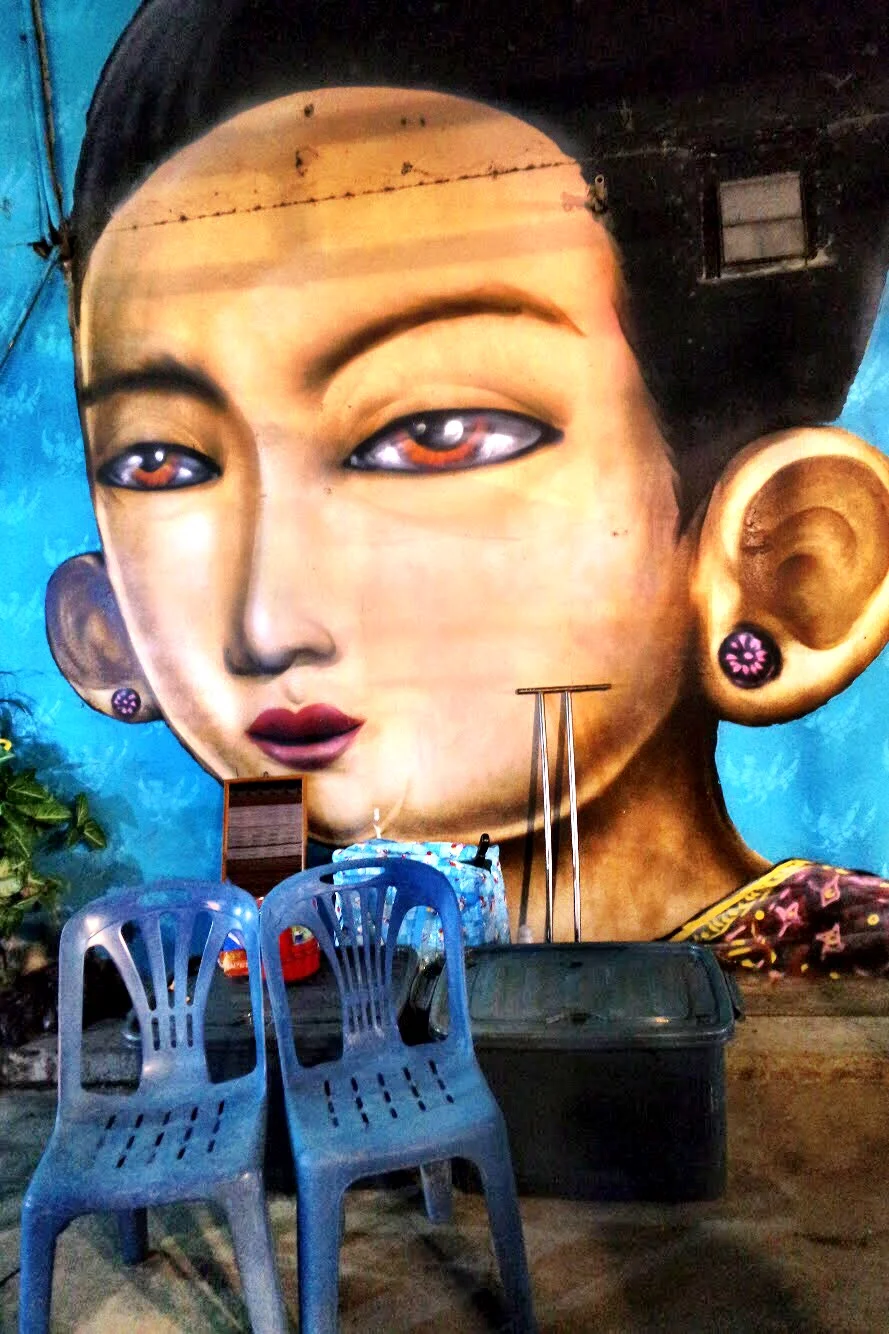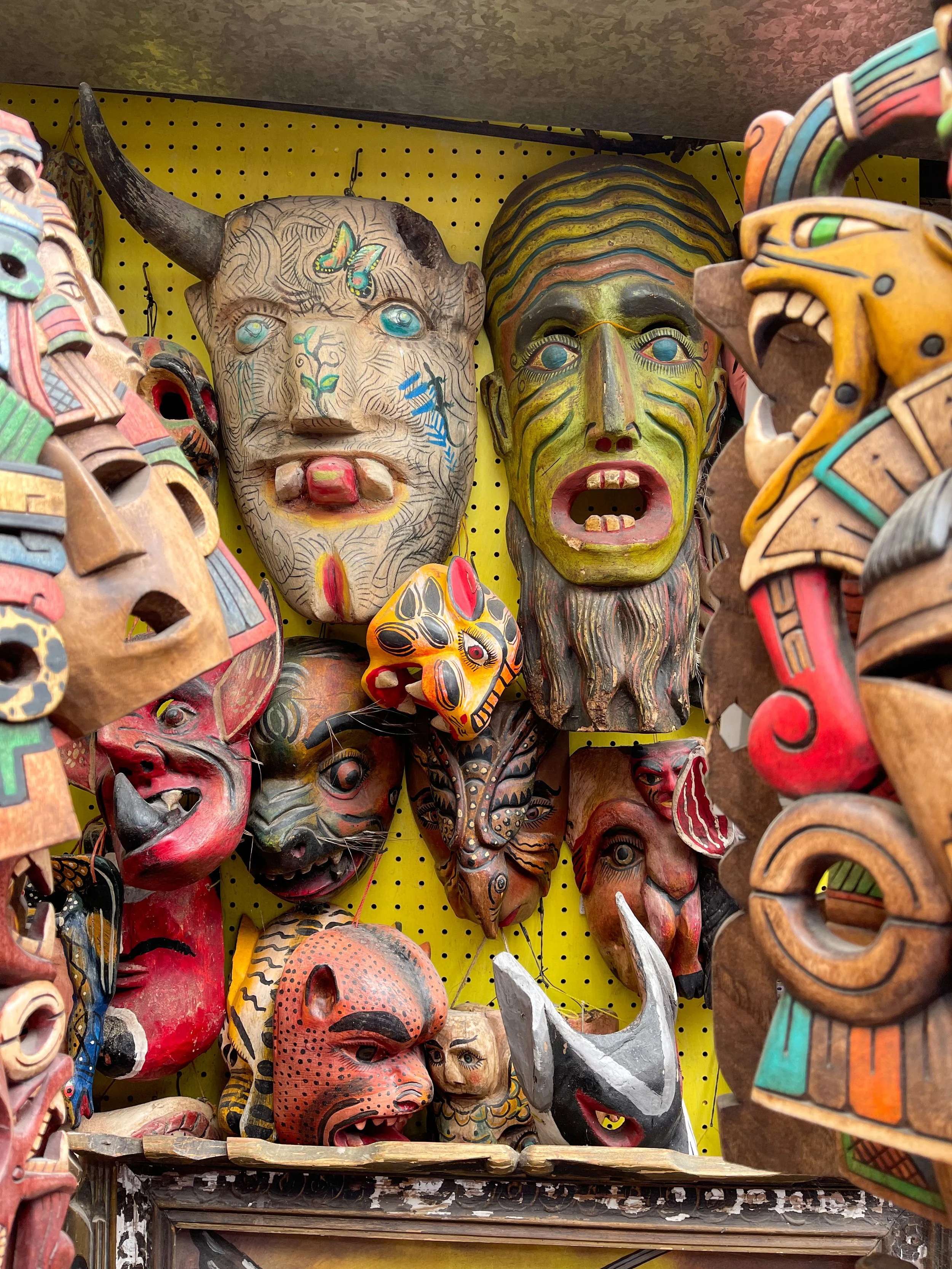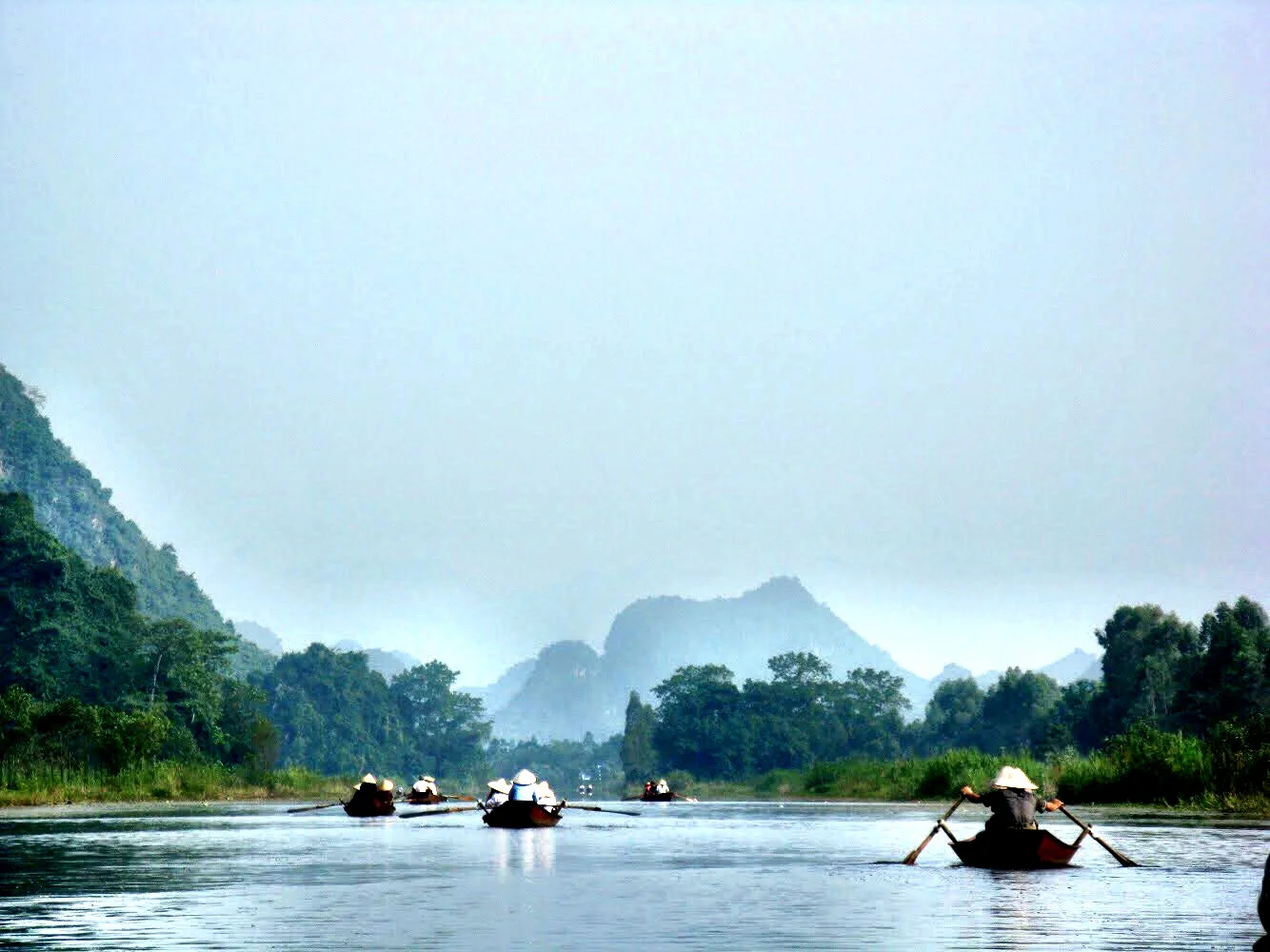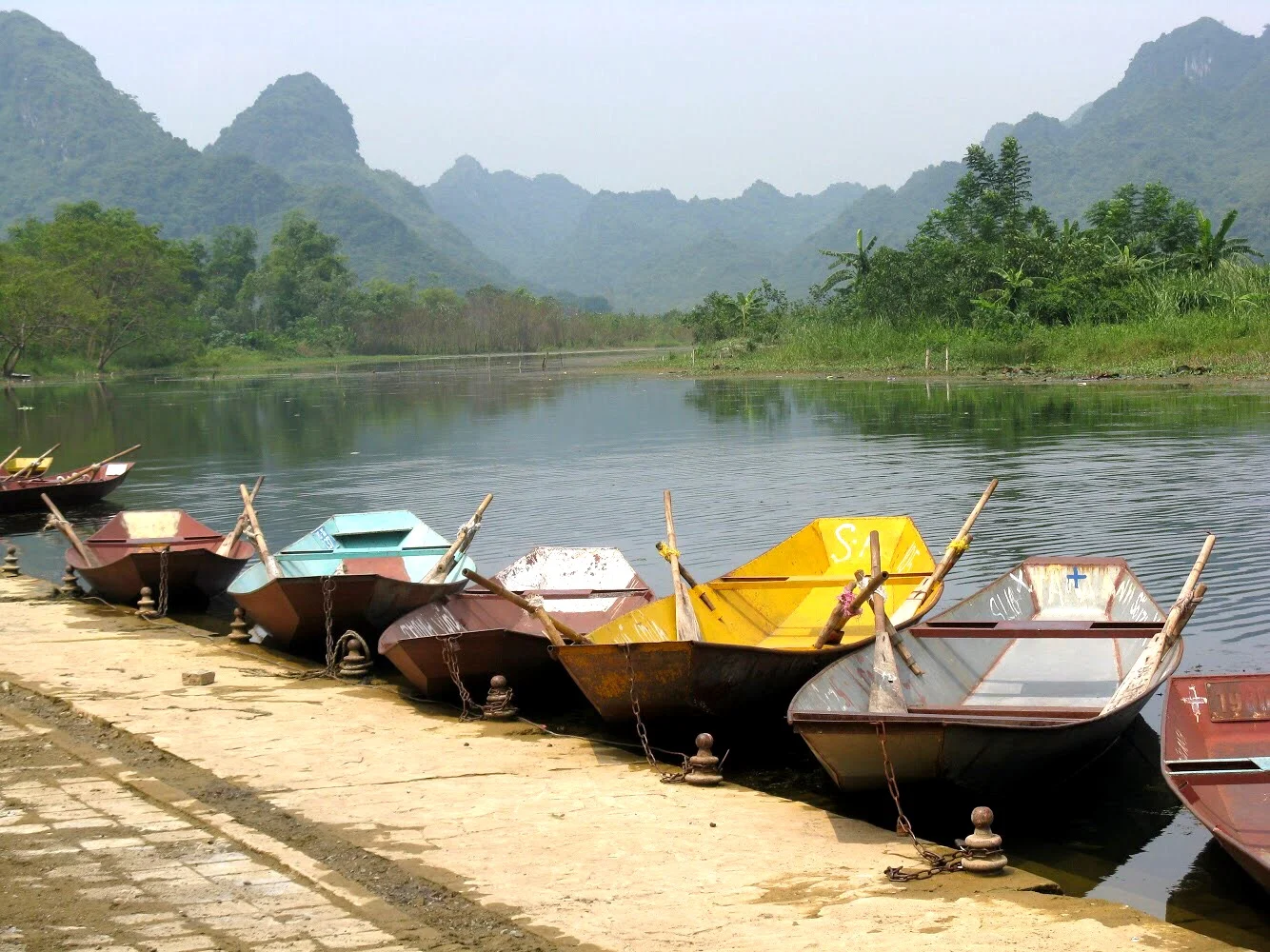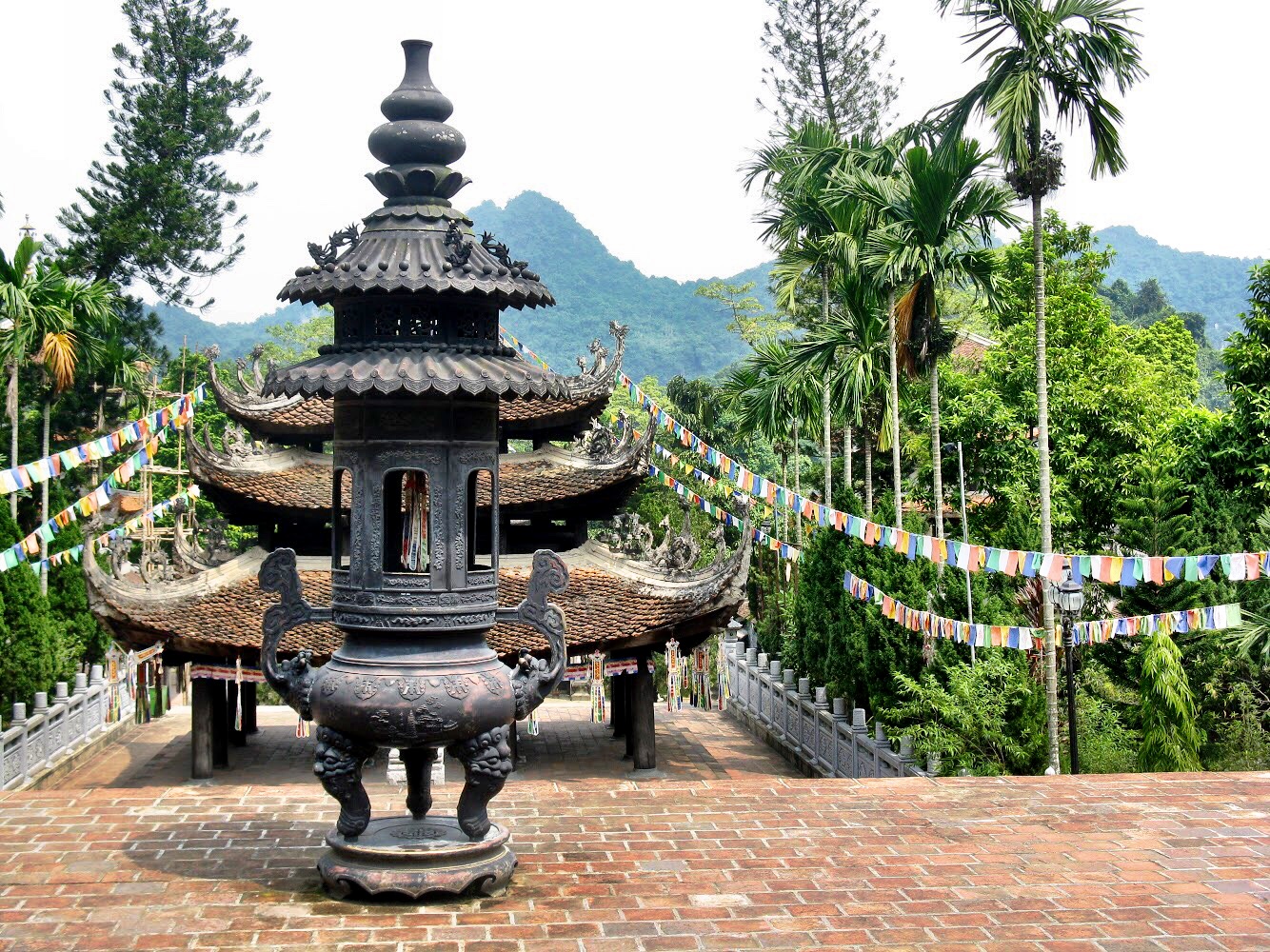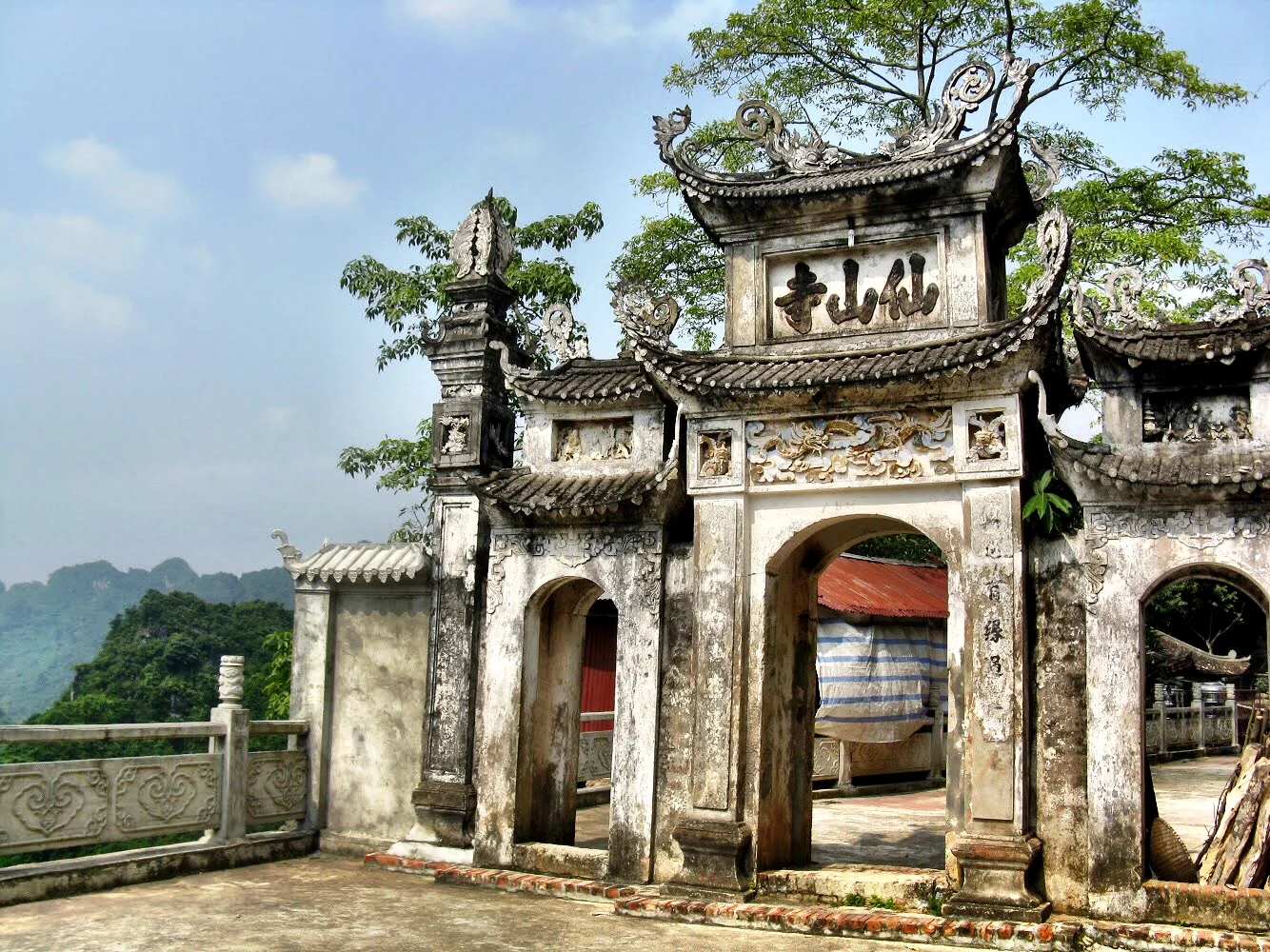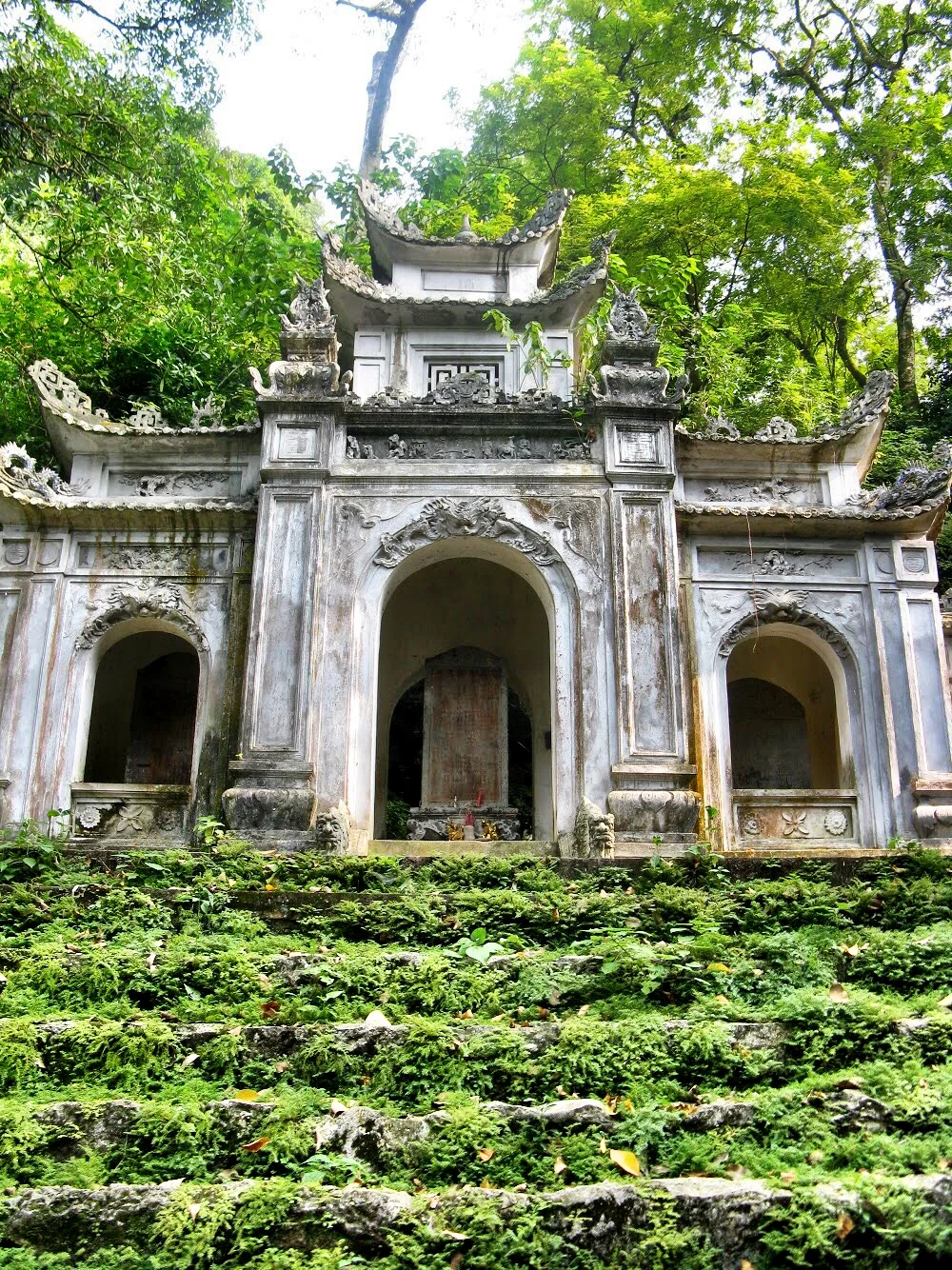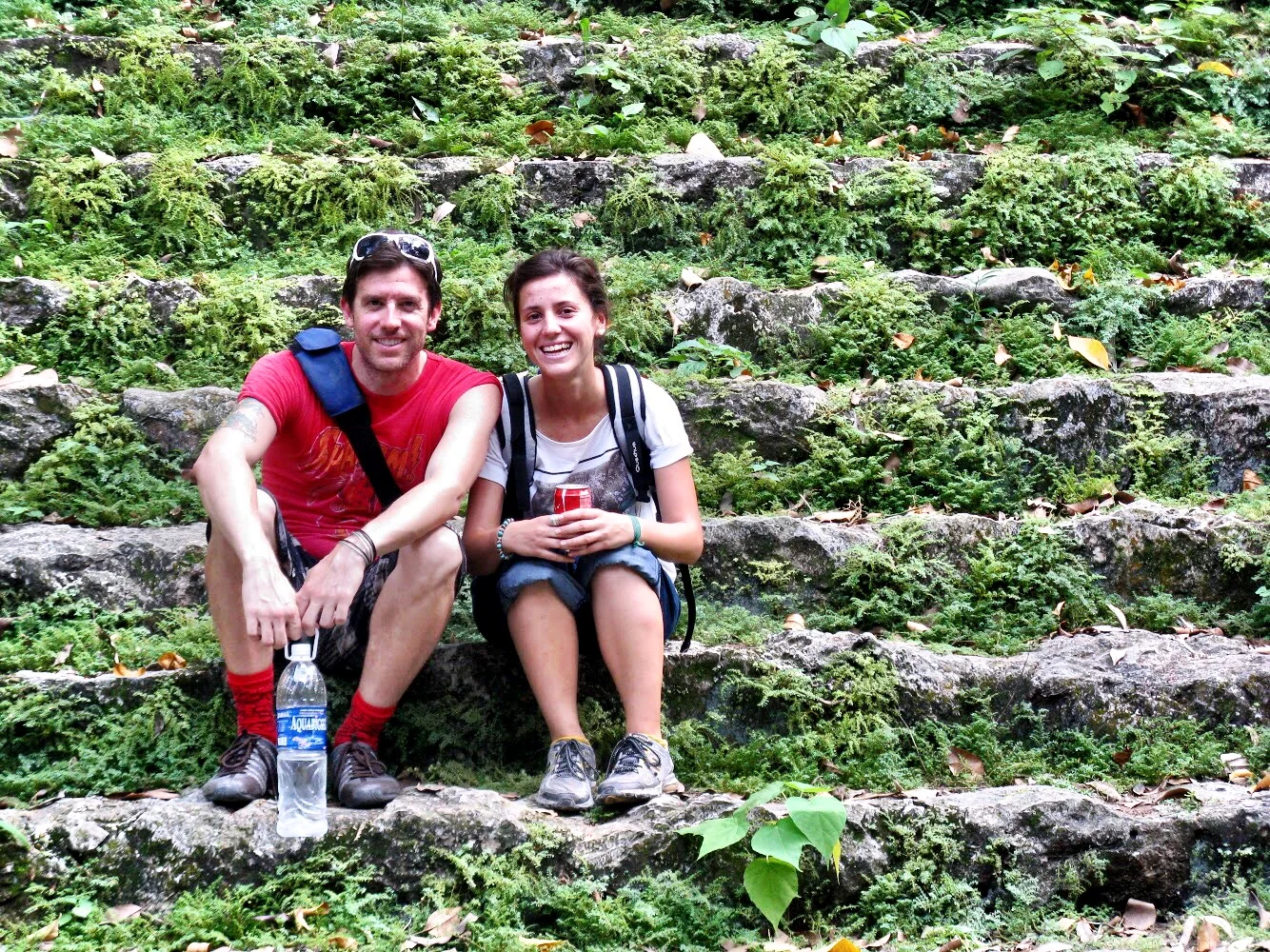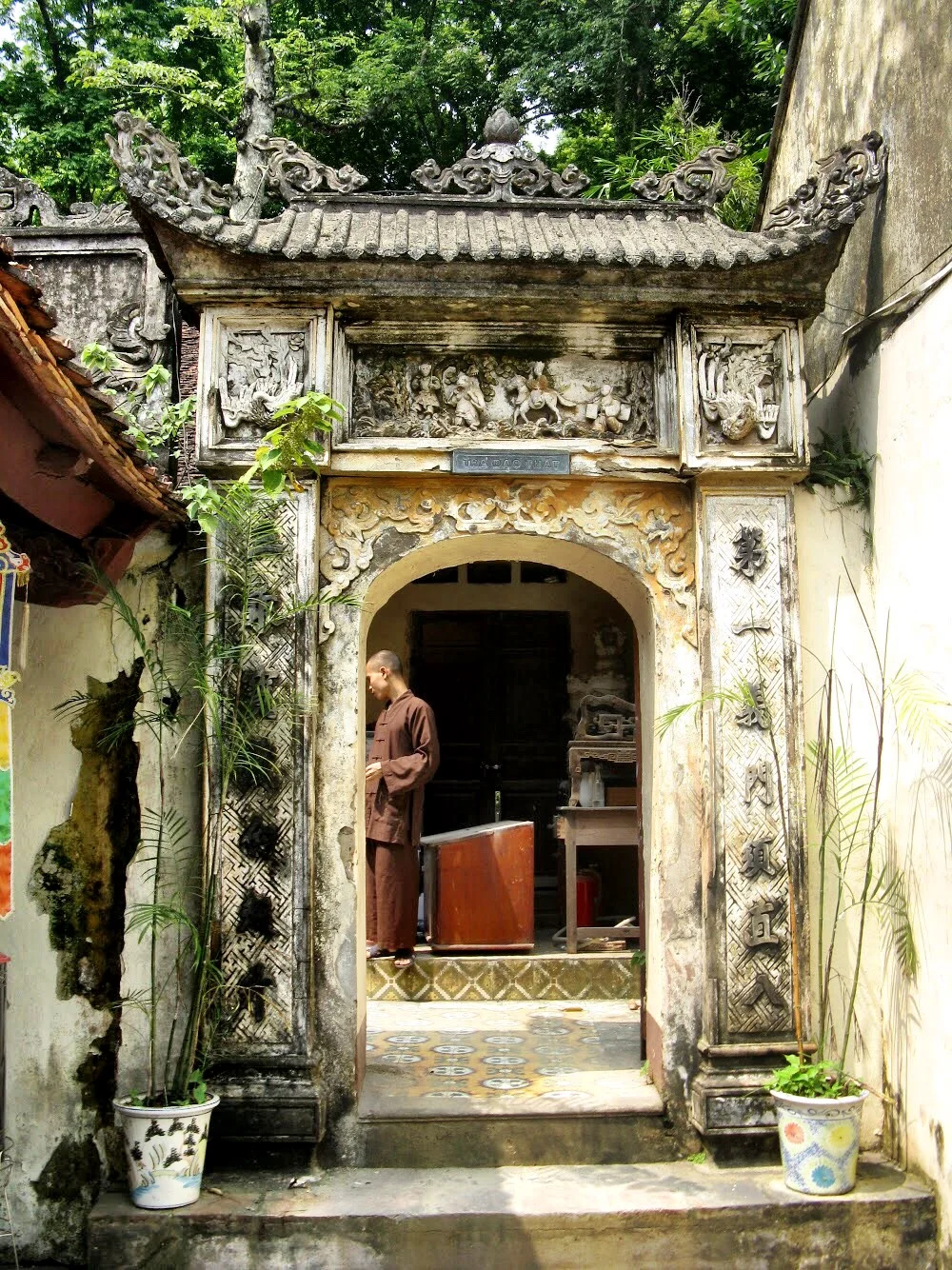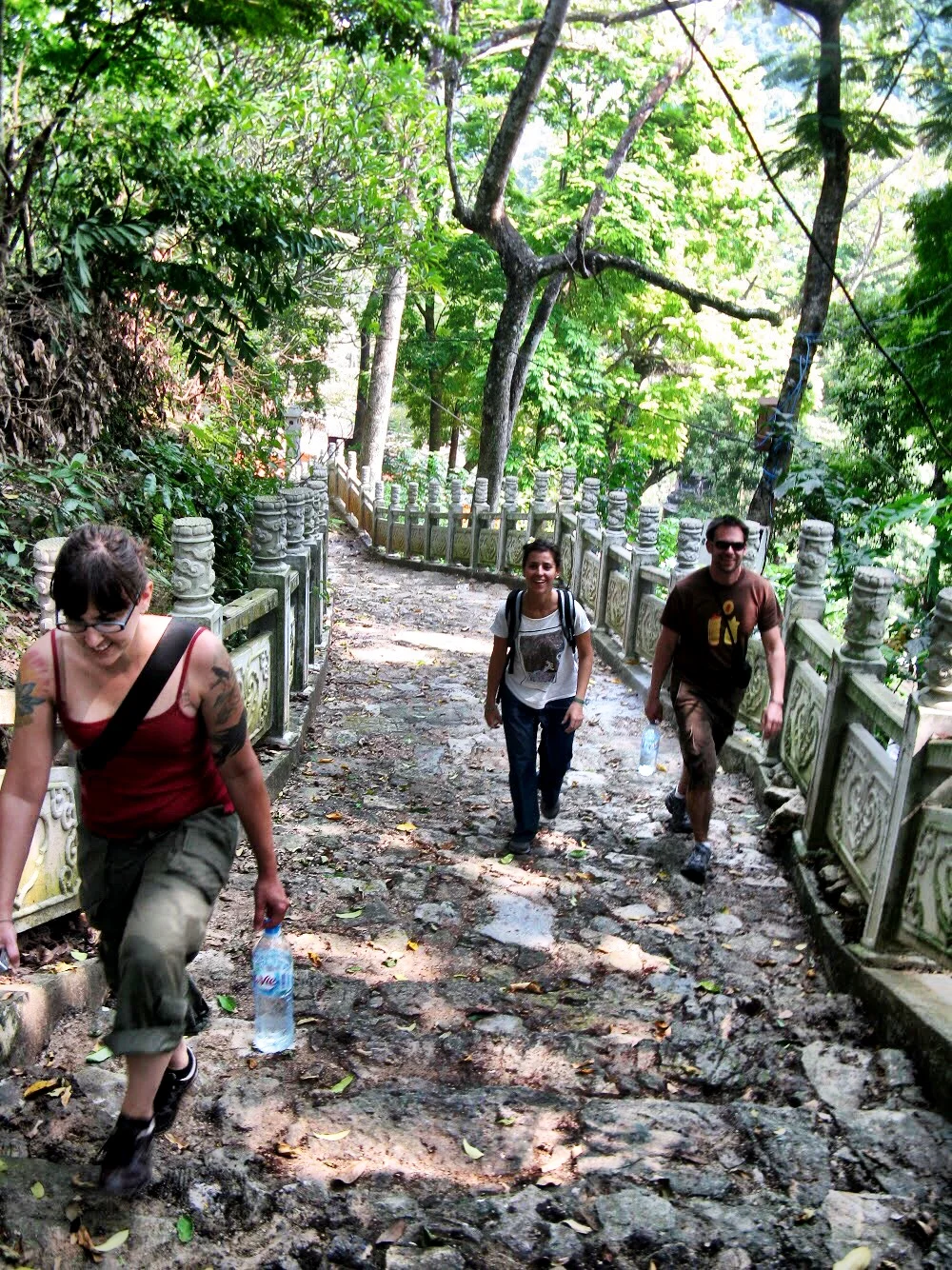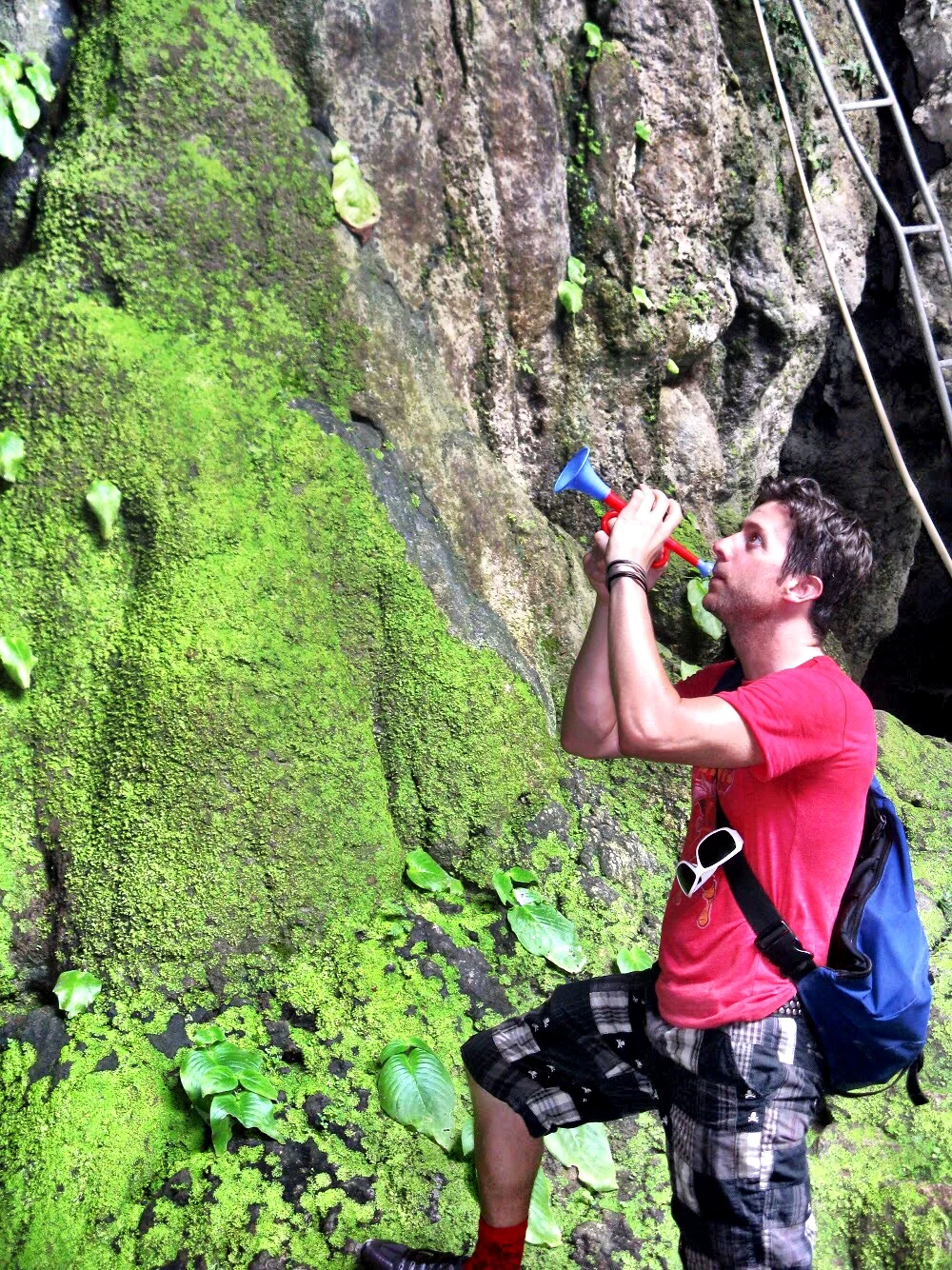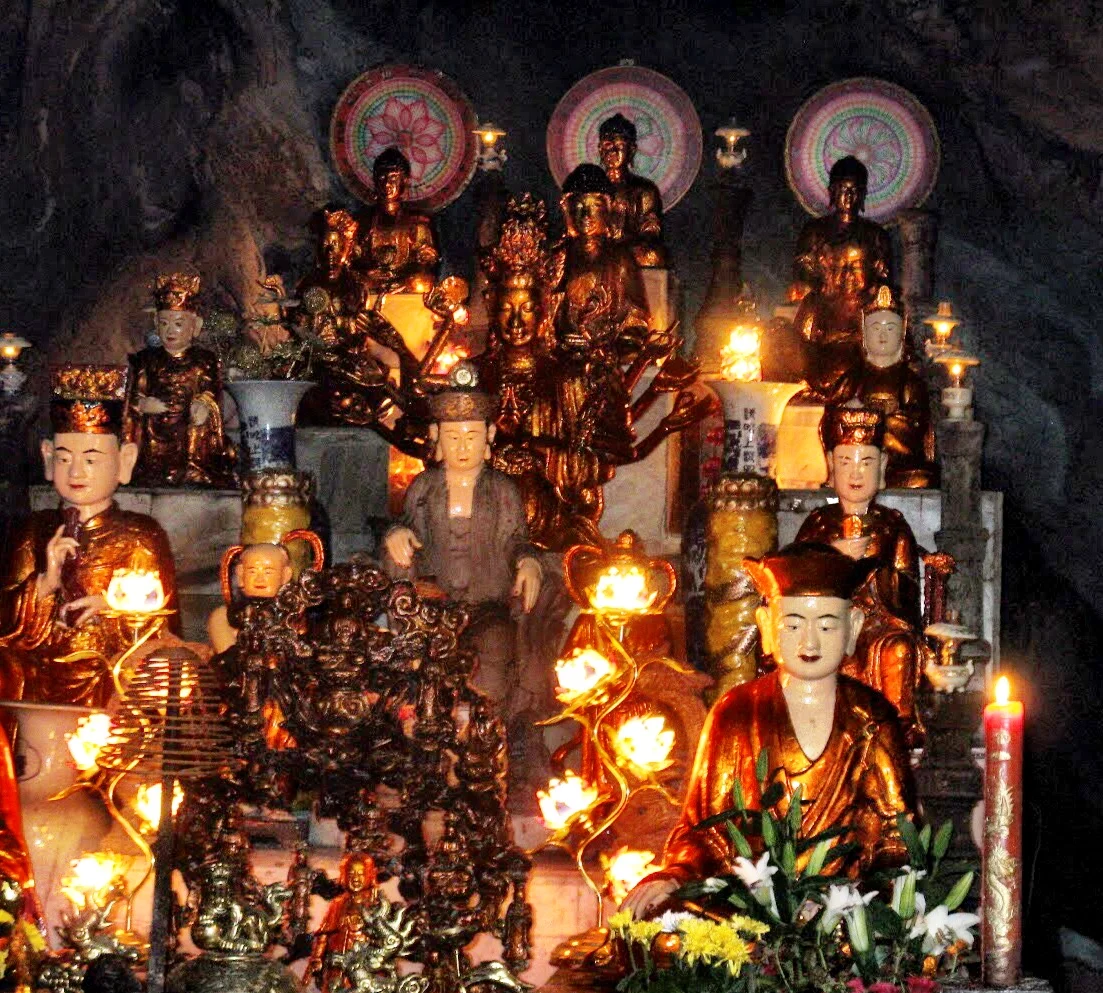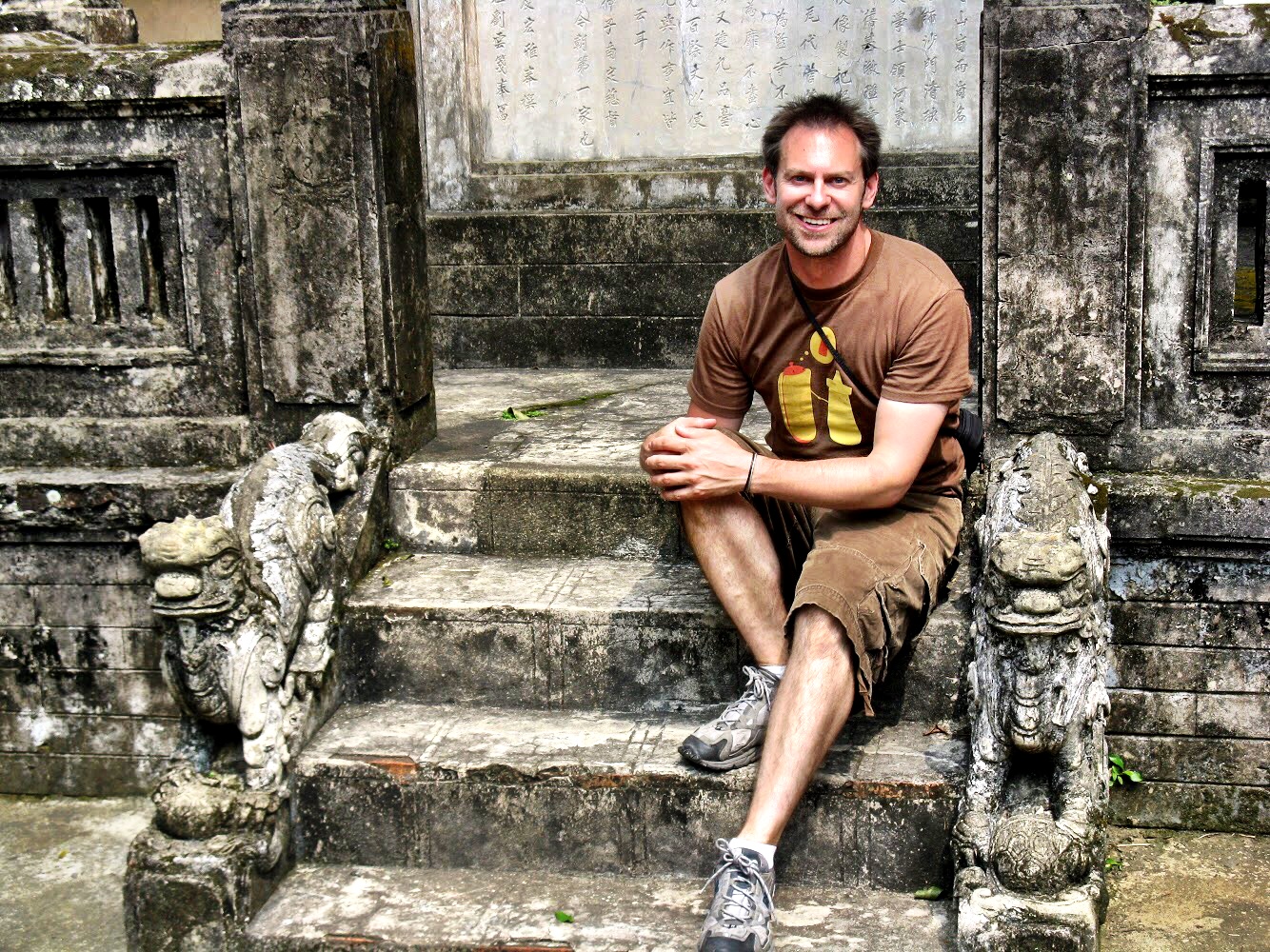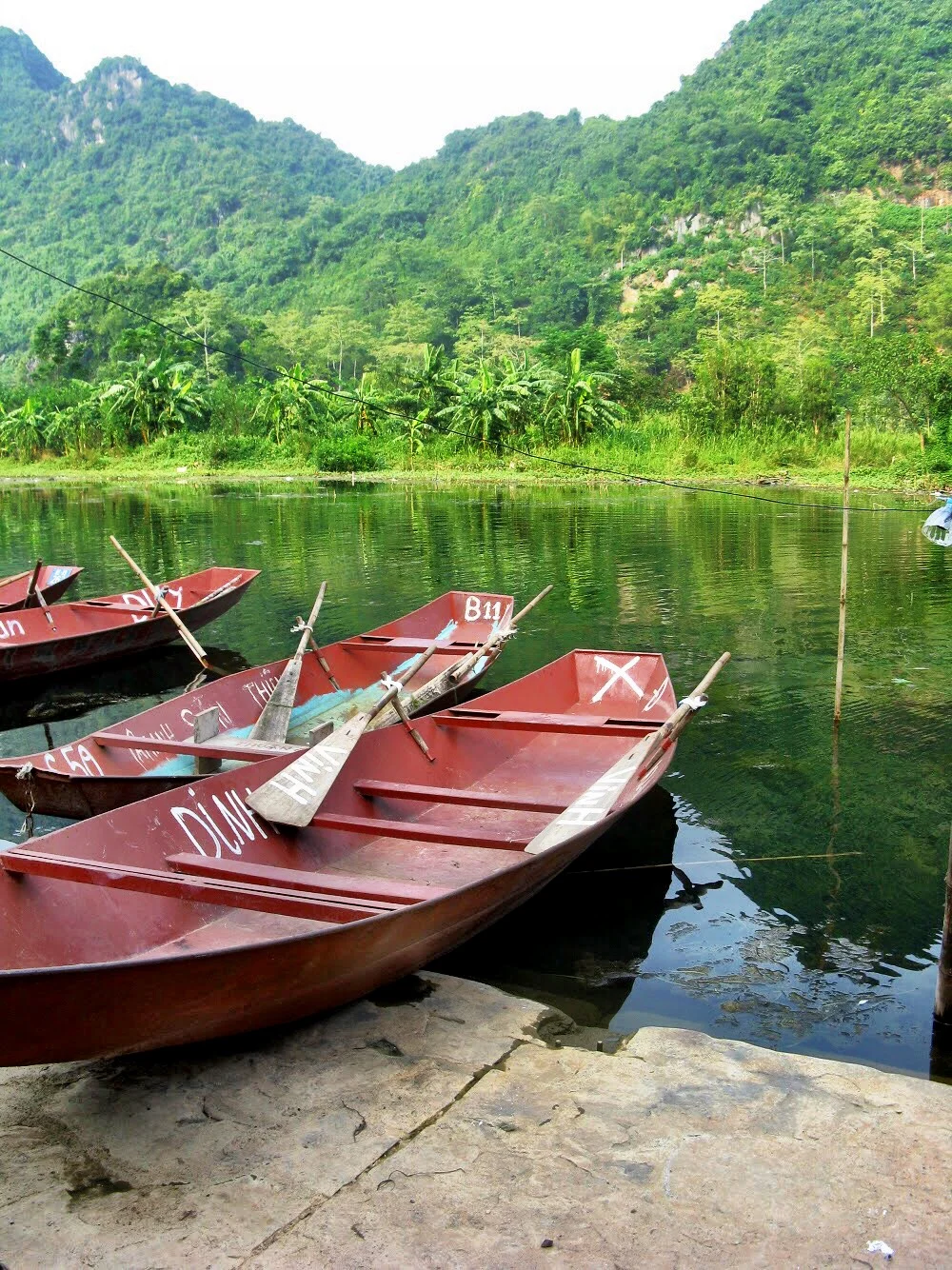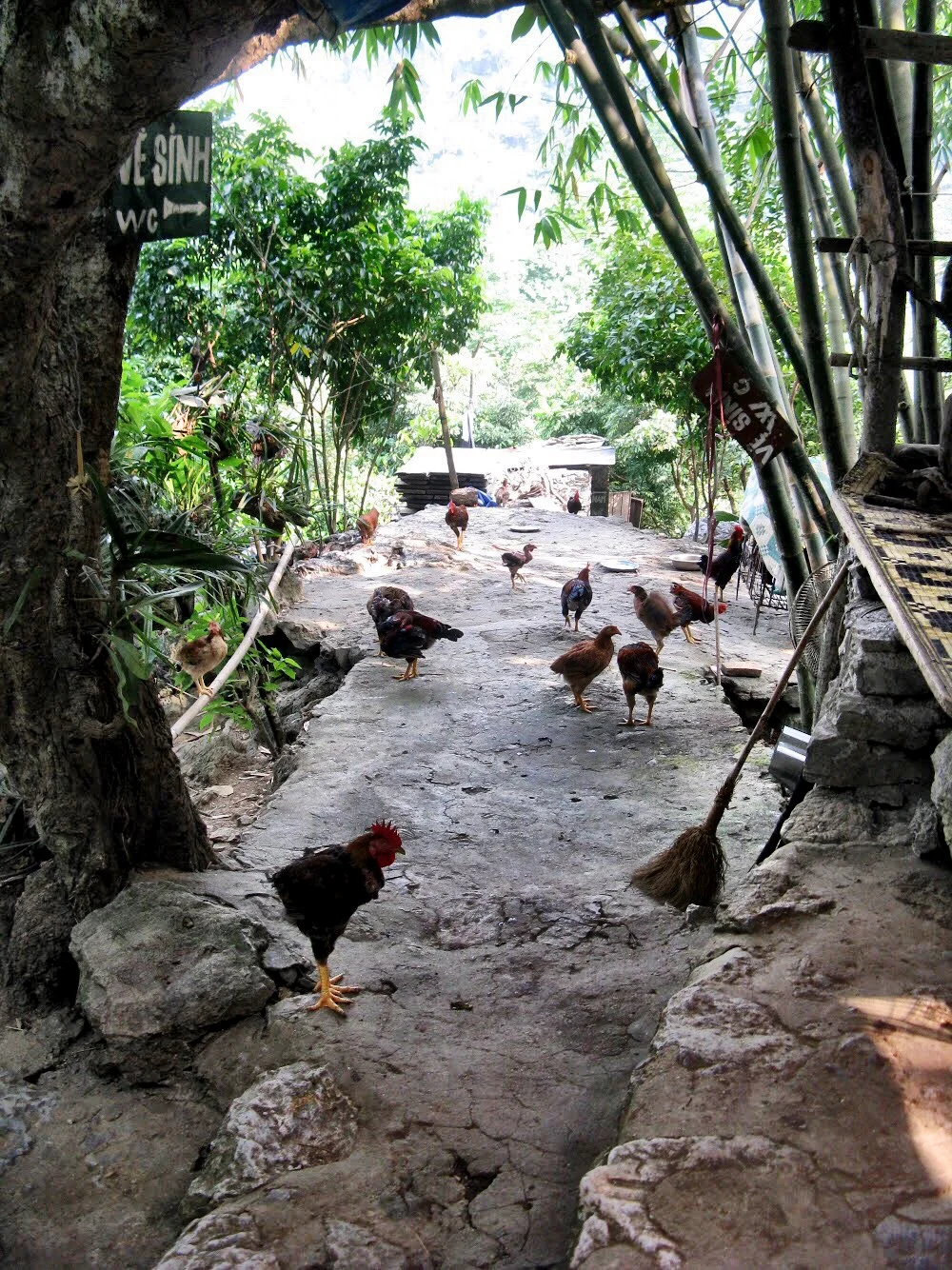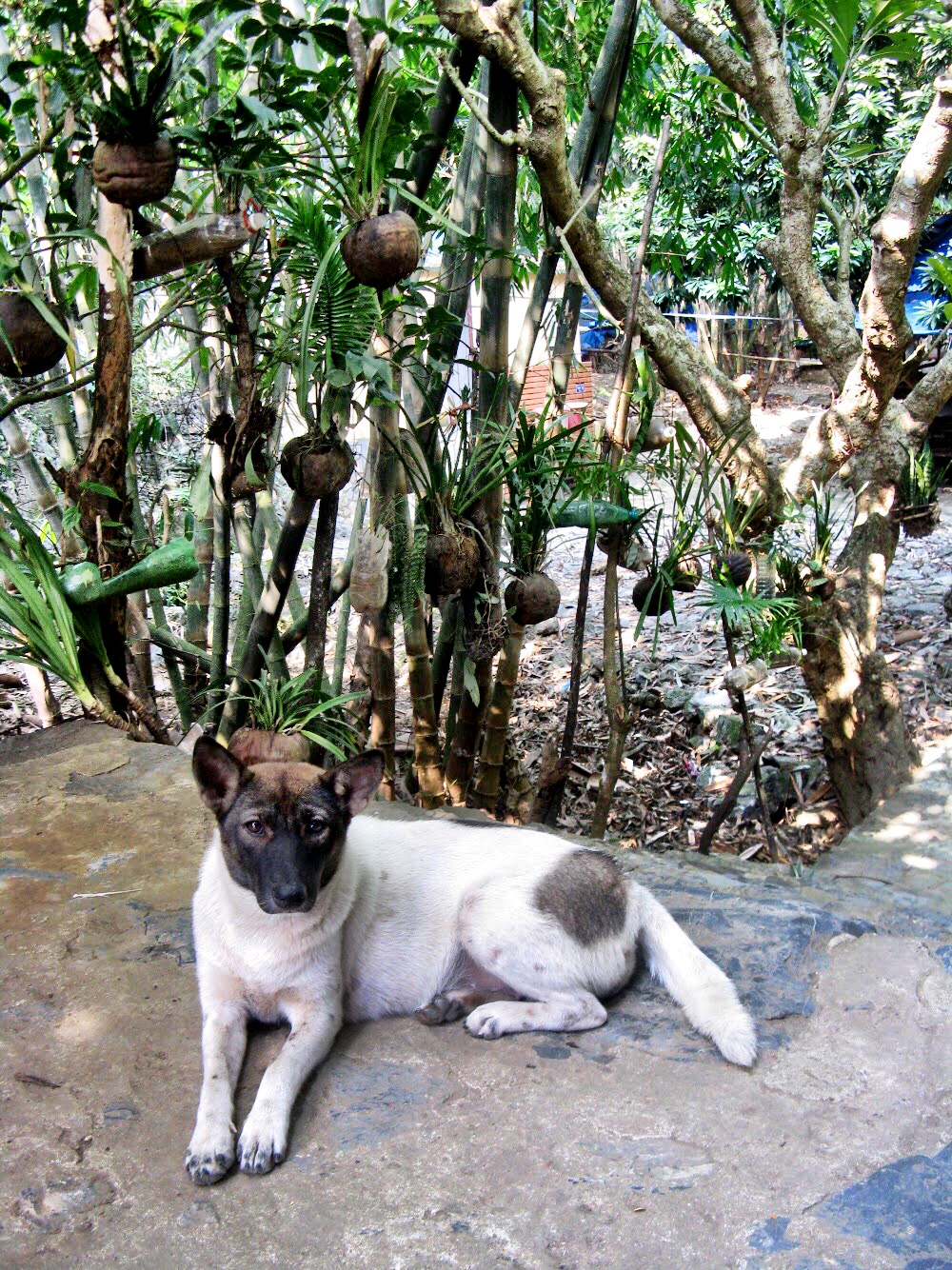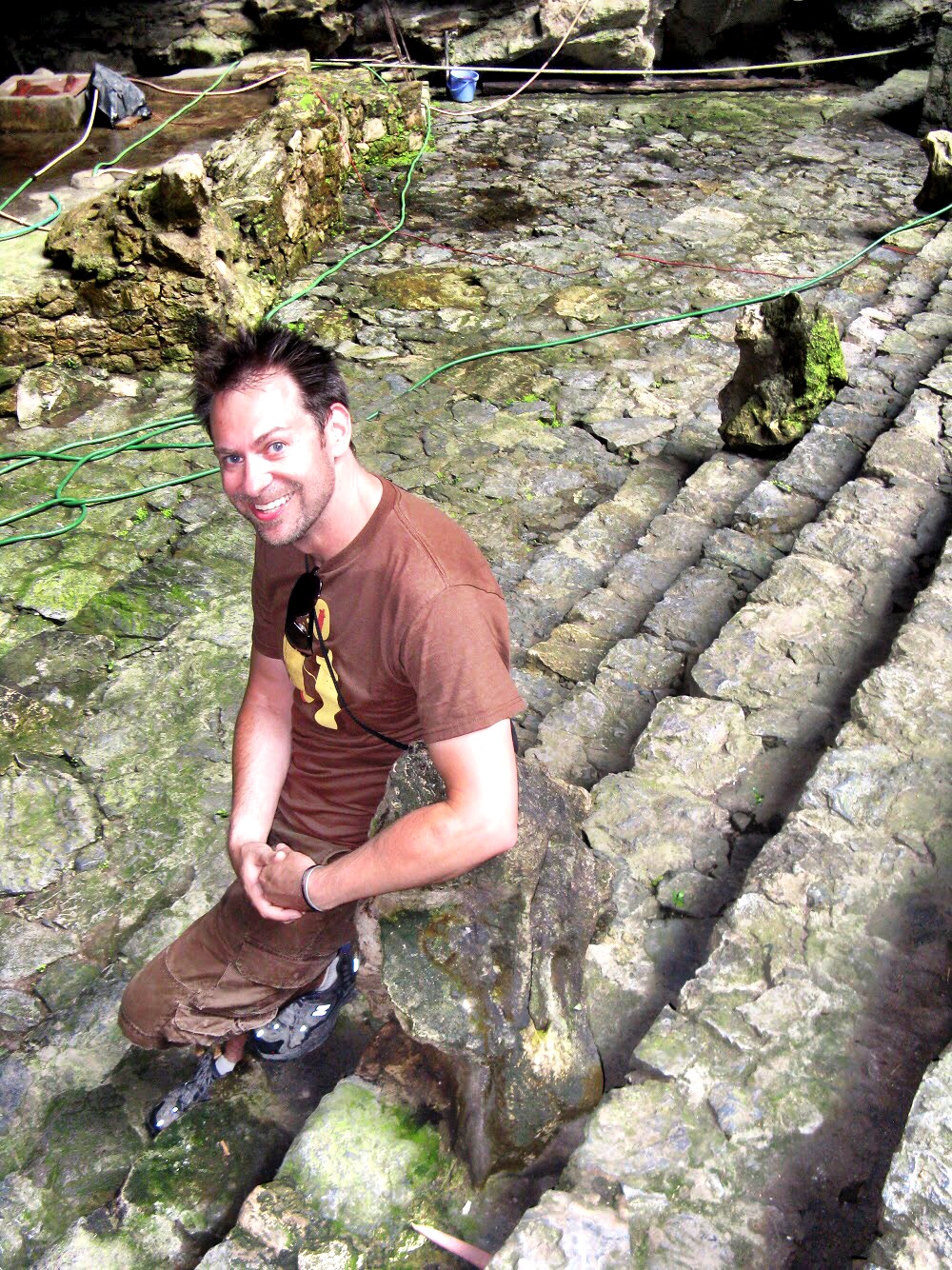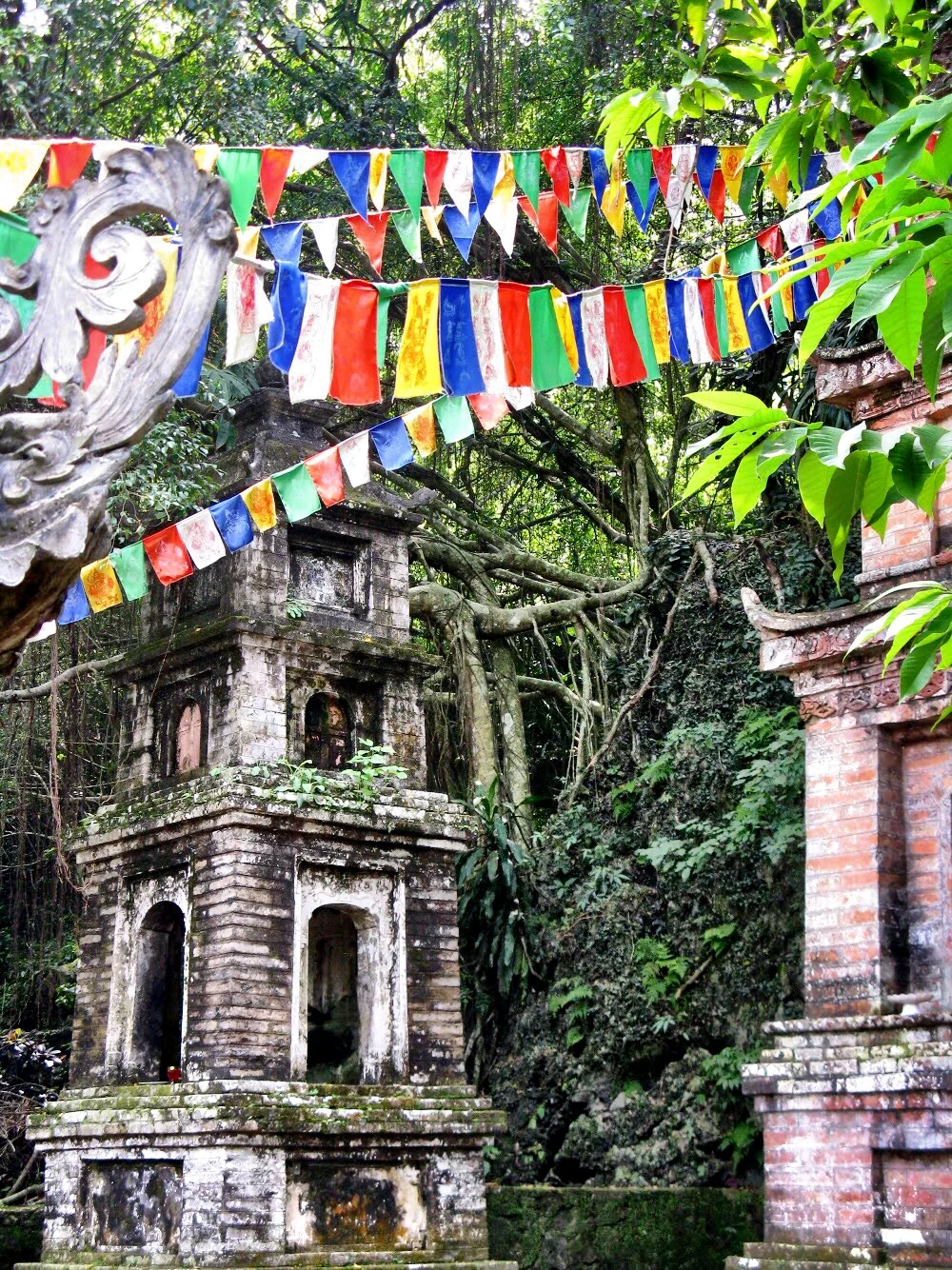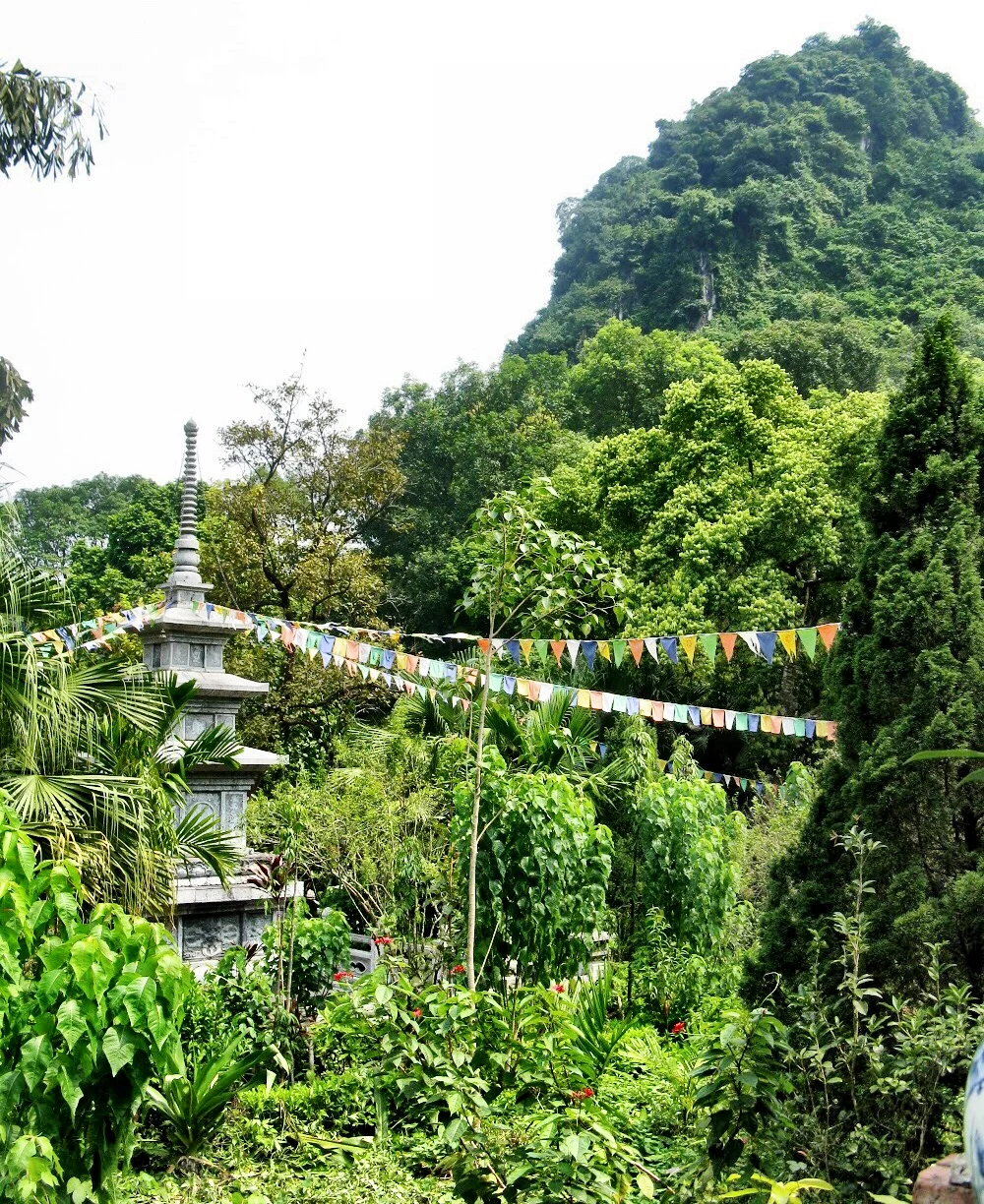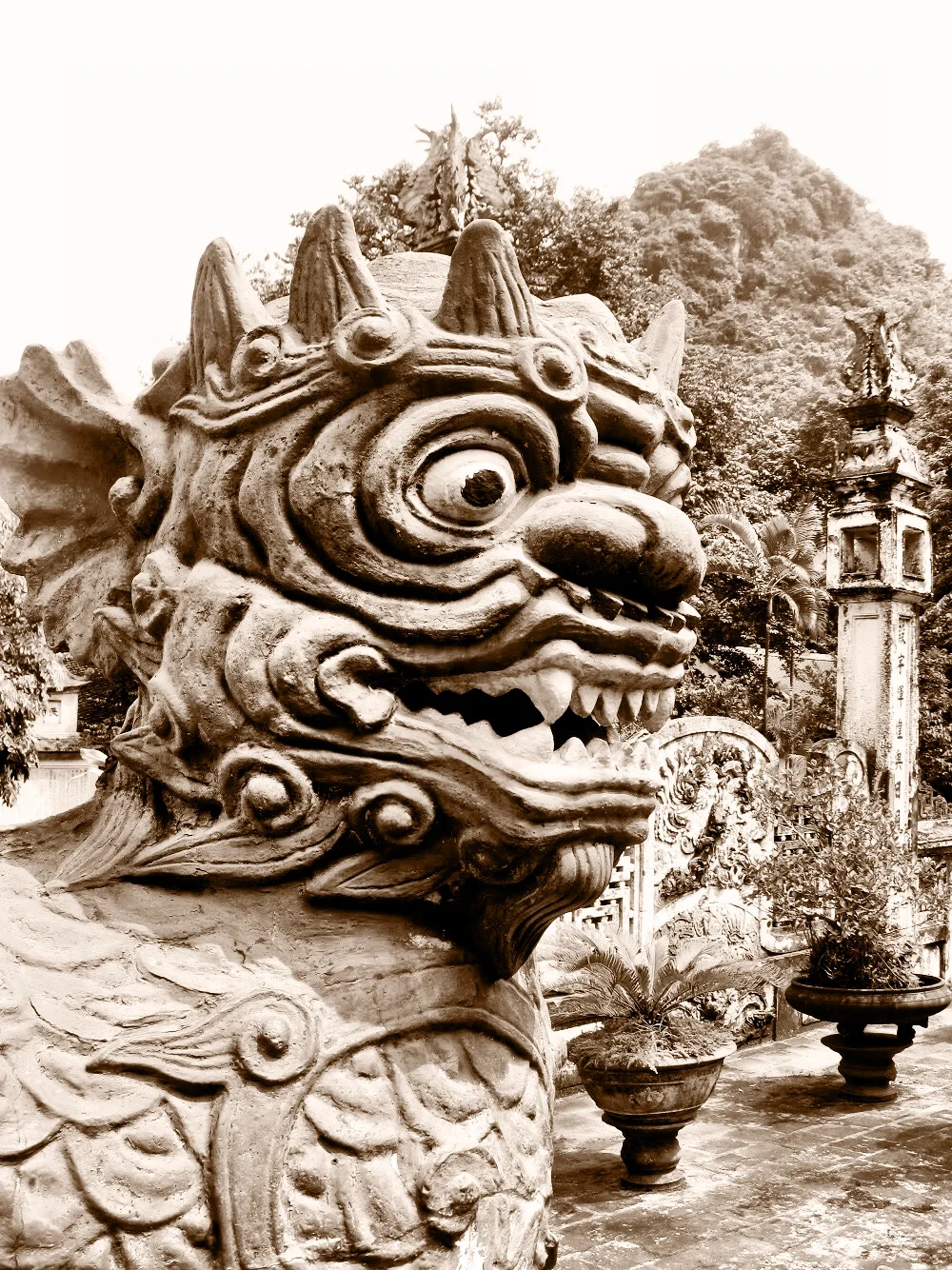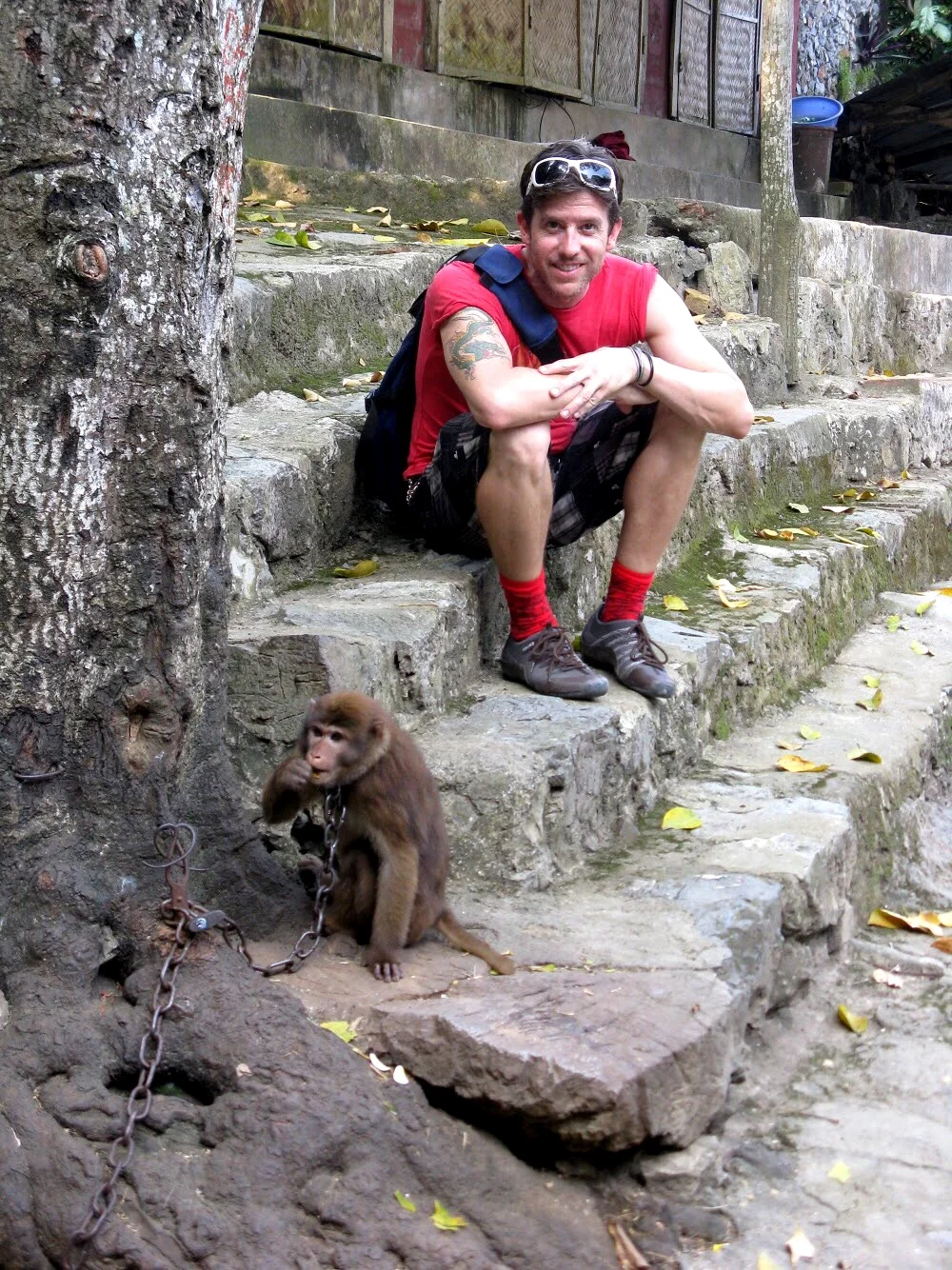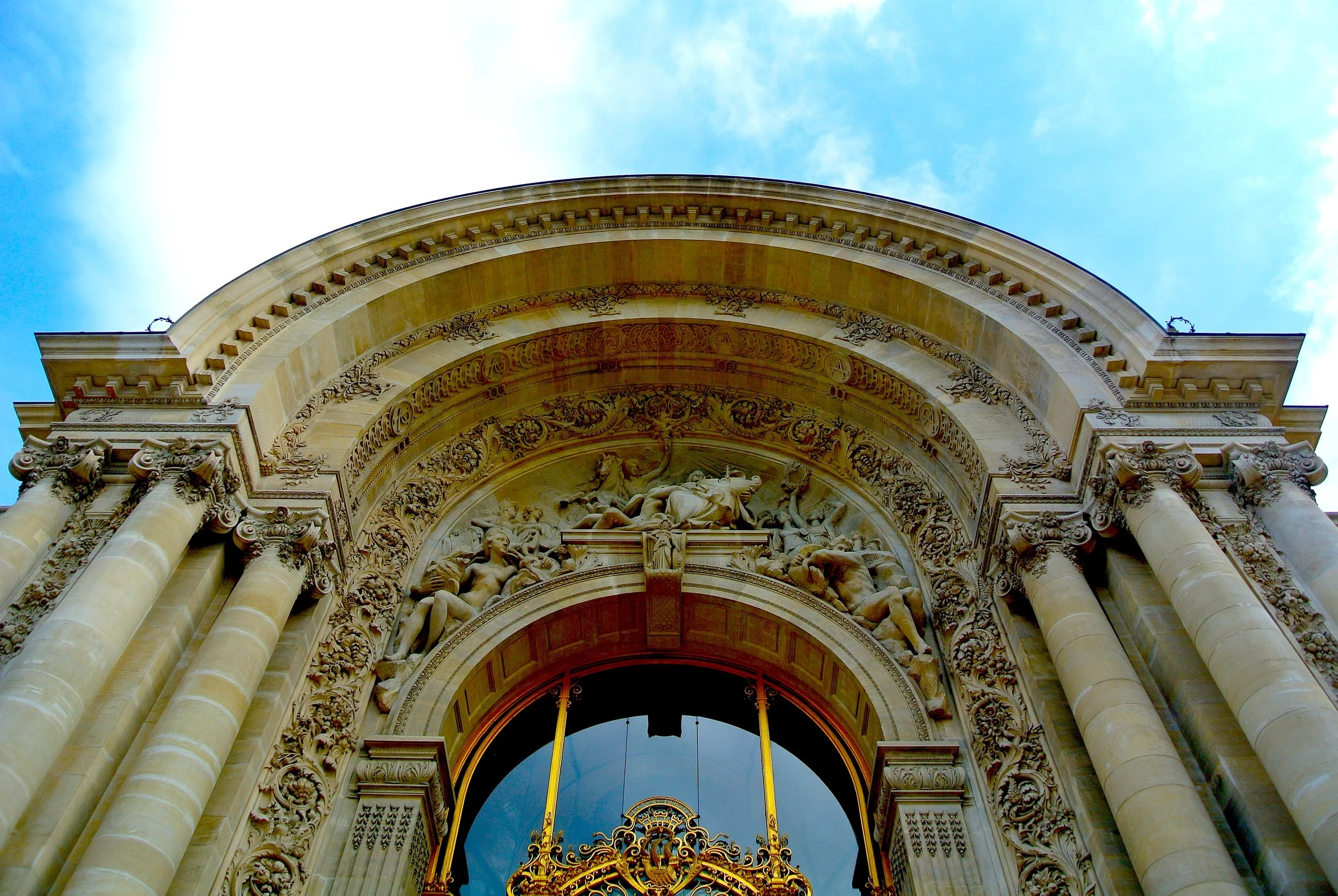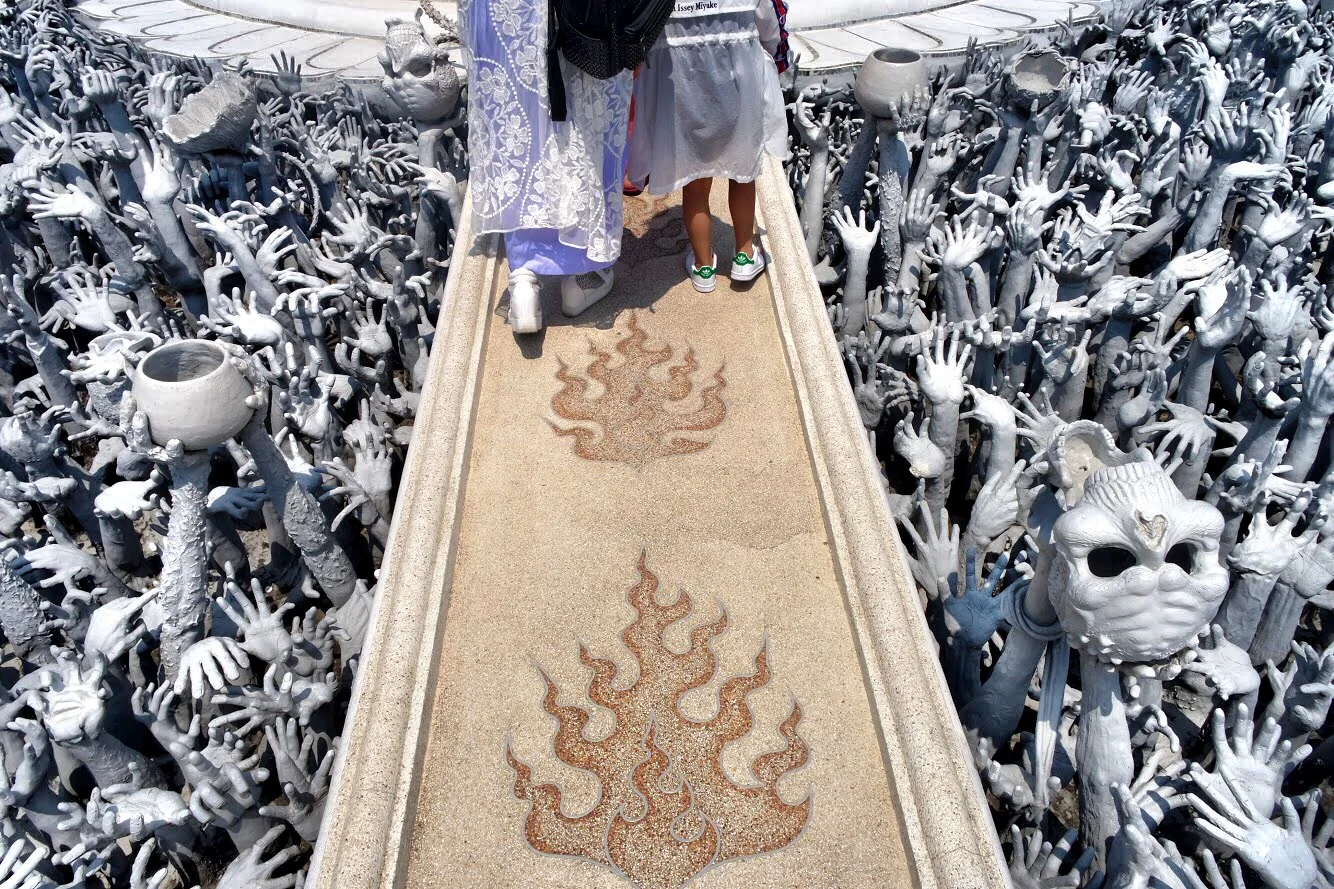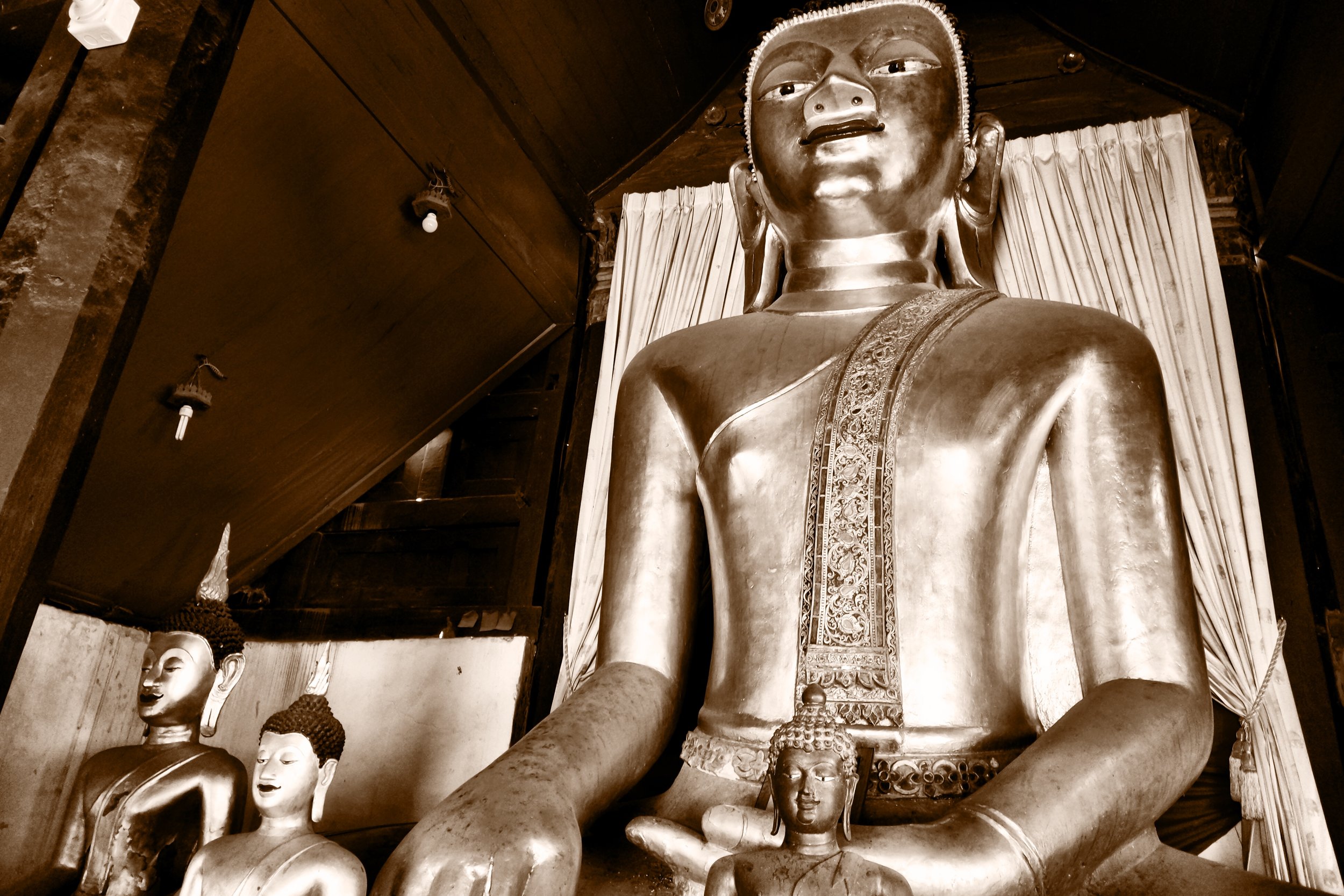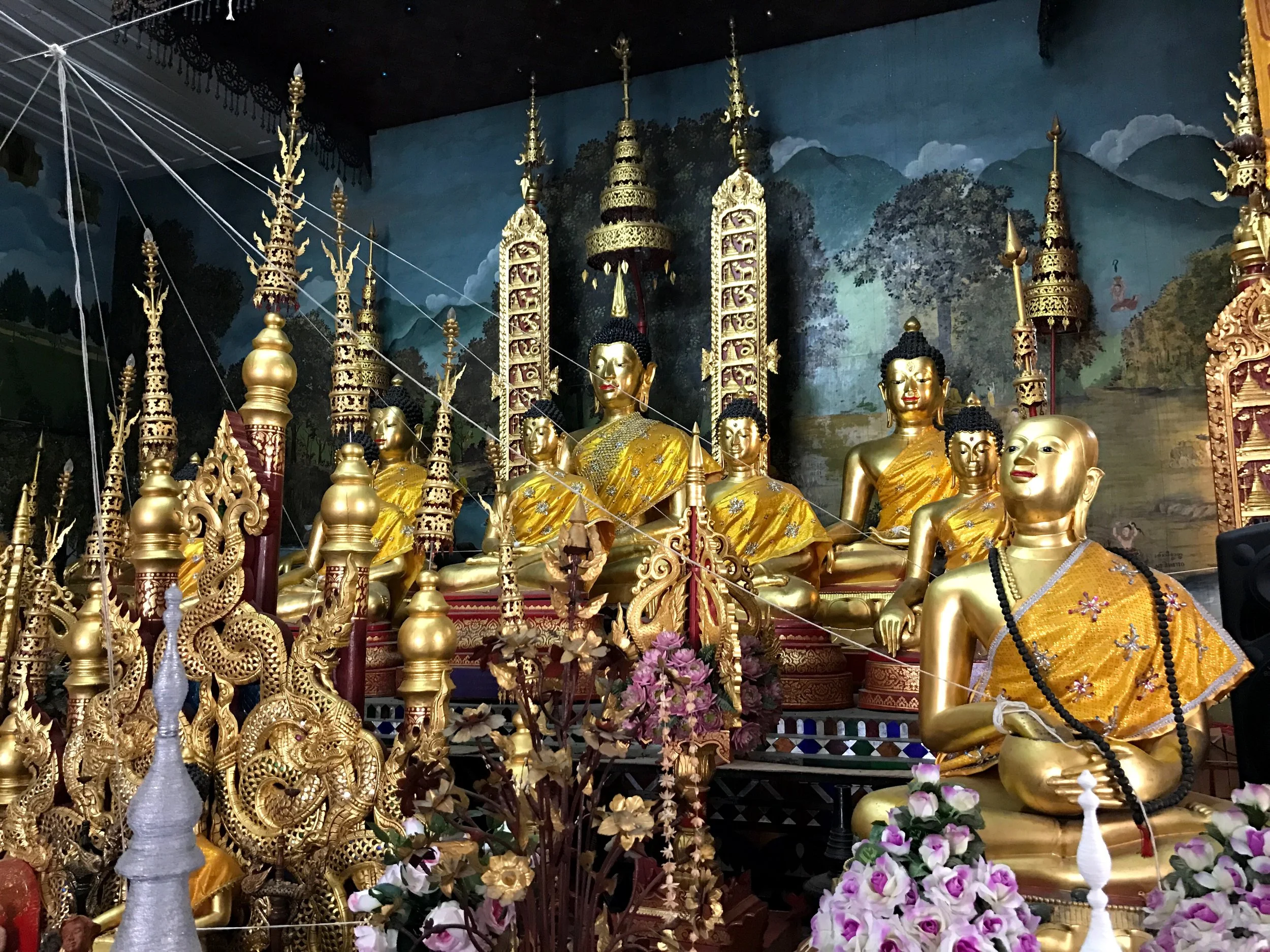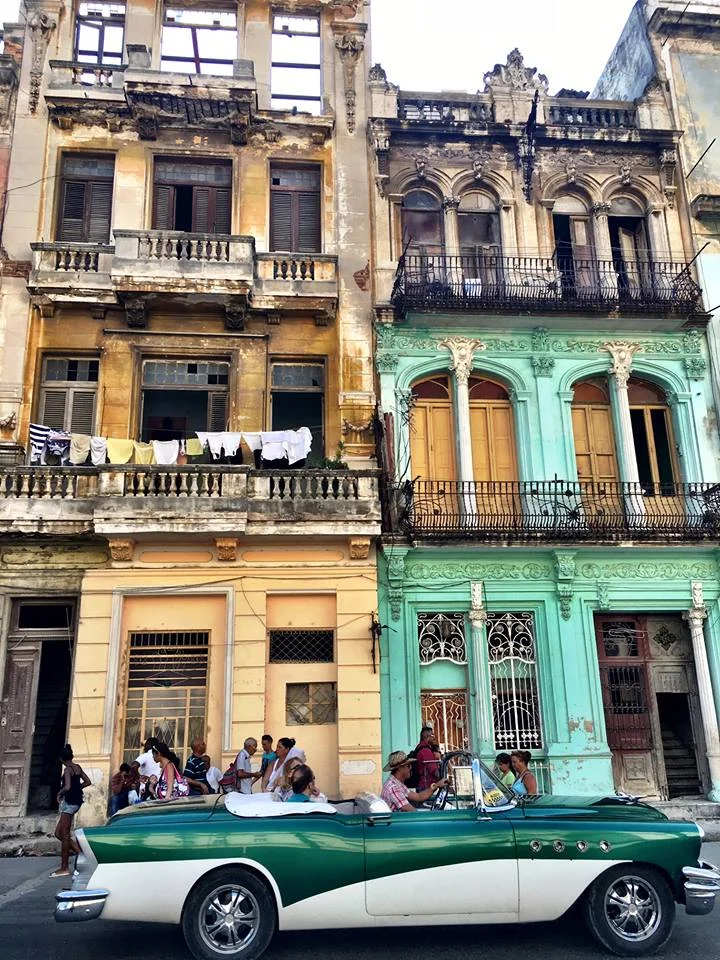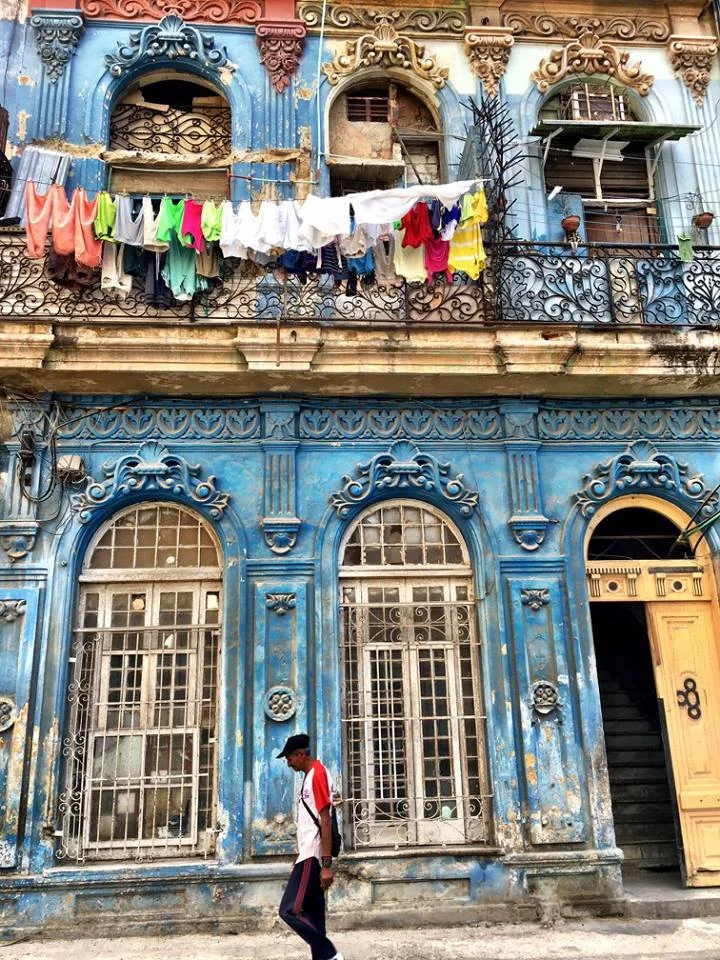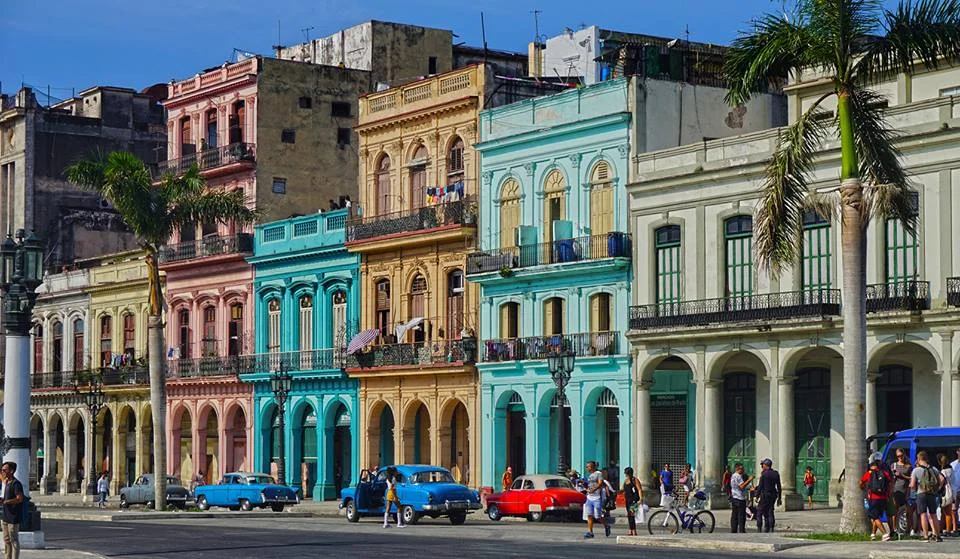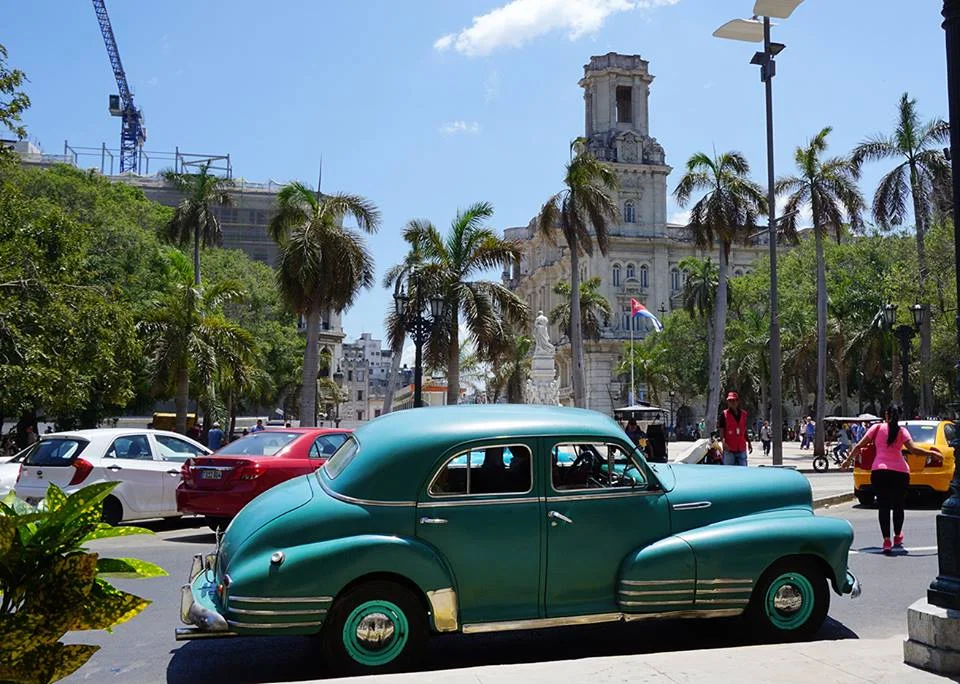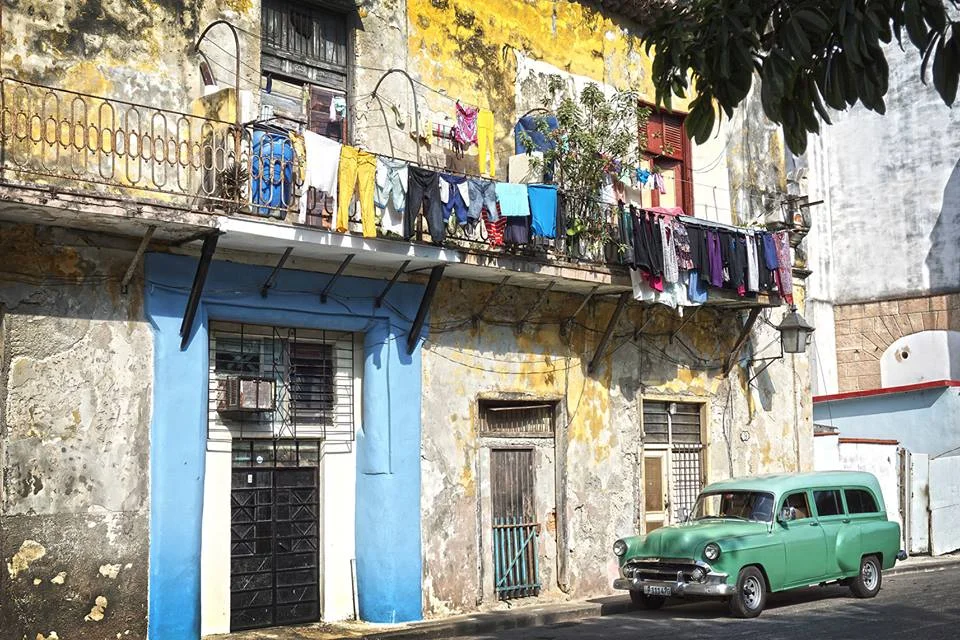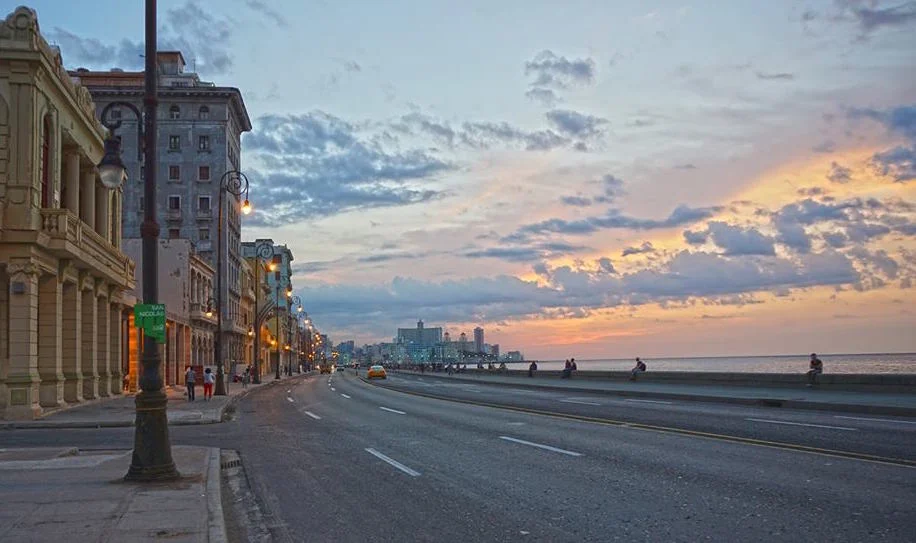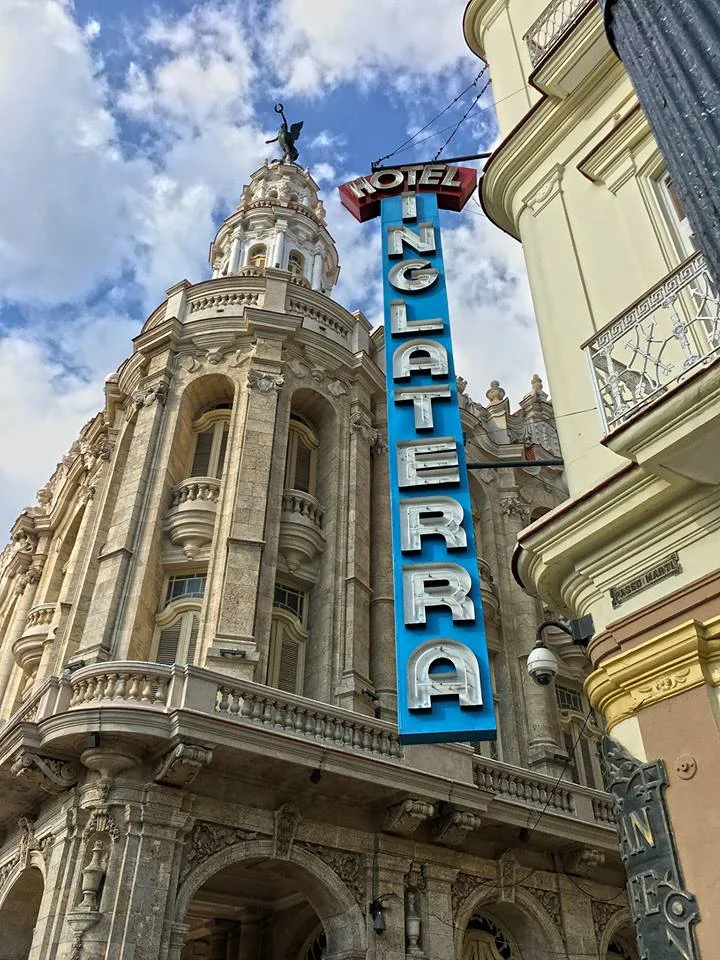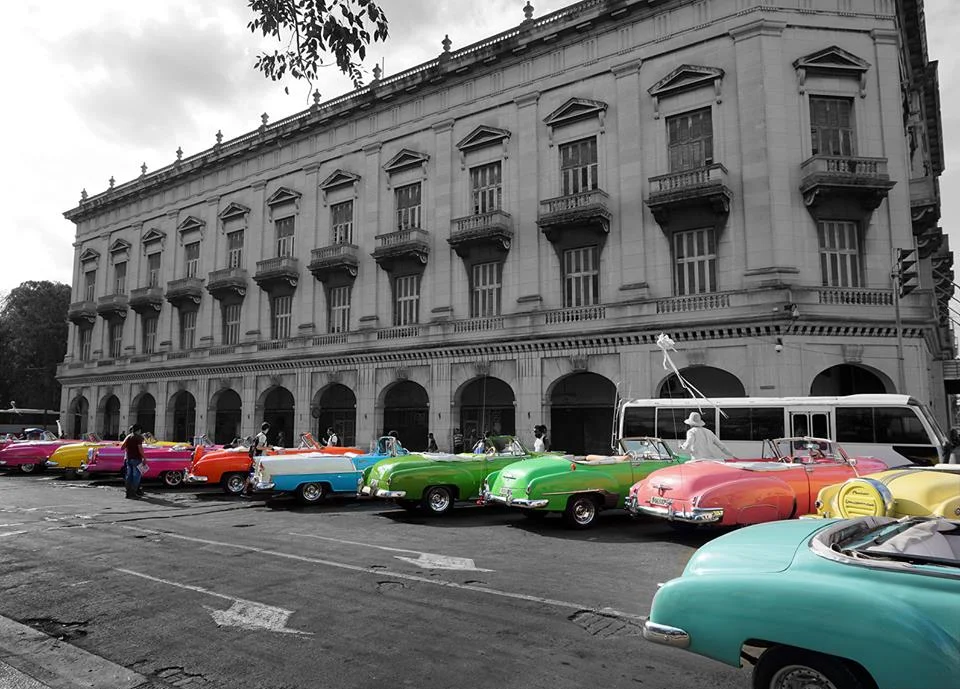This ecotourism hotspot features amazing destinations, including Monteverde, Manuel Antonio National Park, Dominical and the Arenal Volcano. Here are the best and worst parts about visiting Costa Rica.
Allison and Zach in Manuel Antonio National Park, one of their favorite spots in Costa Rica
I defy you to find a cuter couple than Allison and Zach. They met while we all worked together, fell in love and recently tied the knot. Duke and I have a magical connection with them — we run into them in the oddest of places often enough that we feel our fates must be linked. I always think of them as a shining example of a karass, from the fake religion Bokononism in Kurt Vonnegut’s masterpiece Cat’s Cradle.
Zach’s dad moved to Costa Rica, so they’ve visited numerous times and were awesome enough to share some insider secrets about the country that has put ecotourism on the map. –Wally
“The secluded Playa Manuel Antonio is the single most beautiful spot in Costa Rica to me. When people think of Costa Rica, I believe this is the image they have in their head.
”
What are your favorite places in Costa Rica and what do you like about them?
The Sky Walk in the Monteverde cloud forest looks like it’s only for the brave
1. Monteverde
Costa Rica’s cloud forest is near a town that’s mostly locals and not as touristy as some other places. There’s a very laidback mountain town feel about it, and it’s generally much cooler than any other part of Costa Rica since it’s almost 5,000 feet above sea level.
There are some amazing ziplining and four wheeling in the area, as well as a beautiful butterfly sanctuary and some of the best coffee in the country. If you get hungry, check out the great wood-fire pizza place in downtown Santa Elena, the largest town in Monteverde.
Playa Manuel Antonio is only accessible via the national park but is worth the $3 or $4 entry fee
2. Manuel Antonio
This is home to some of the best beaches in Costa Rica as well as the Manuel Antonio National Park (where monkeys will literally steal the food out of your hands, the jerks). While it is tourist-heavy, Manuel Antonio gives you that real “paradise in a bottle” type of feeling — it’s very self-contained, with great restaurants, five-star hotels and late-night bonfire parties on the beach. You could spend an entire week in Manuel Antonio and not go anywhere else in Costa Rica and still have an amazing vacation.
Allison getting breakfast at Cafe Milagro — probably the best café and bakery in Manuel Antonio, with great patio seating and some amazing coffee and pastries. They also do lunch, with a variety of sandwiches. You can buy some great varieties of Costa Rican coffee beans here
3. Dominical
This is just 30 minutes south of Manuel Antonio and off the beaten path (it was a dirt road up until 2012), with only a couple of bars and rarely that many tourists. There are one or two small “hotels,” but most people come to Dominical for the waves. An estuary runs into the ocean, where you’ll find some of the best (and intense) breaks in this part of Costa Rica.
Dominical Beach is one of Costa Rica’s best-kept secrets and a surfer’s paradise
The estuary itself is worth exploring, as you can walk most of it until it turns into a larger river.
Dominical is peaceful, laidback, local, and an all-around great place to unwind for a day or even two or three.
4. Drake Bay/Oso Peninsula
While Dominical might seem off the beaten path, the Oso Peninsula and Drake Bay is wayyy off the beaten path. To get to Drake Bay from Manuel Antonio, you embark on several long dirt roads (drive time is about three hours) that eventually lead to a river port filled with old wooden riverboats. From there you will need to take one or two different boats through the river and into the bay (with a choppy and somewhat harrowing ocean crossing) to Drake Bay. There used to be no roads that led to Drake Bay and it was only accessible by riverboat, but I believe that has changed recently.
The boat will literally just drop you off on a remote beach and you walk to your hotel, which is more of a locally owned bed and breakfast.
There is amazing snorkeling and scuba diving in the area, and locals will take you to a few islands off the coast, where you can hike, snorkel or just lay on the beach.
Arenal Volcano to the right and Laguna de Arenal to the left. The Arenal cloud forest and town of Fortuna are a great destination for one or two days. The Tabacon hot springs are a must, and you can hike to the base of the volcano
A Costa Rican red-eyed tree frog. There are thousands of types of frogs in Costa Rica, many that exist only there. Allison took this picture near Arenal Volcano
5. Arenal Volcano/Fortuna
To start, you can hike to the base of an active volcano, which is absolutely stunning. The trail and hike aren’t too bad, either — about an hour to the base of the volcano through a lush jungle filled with monkeys.
But the town of Fortuna is equally great. The Tabacon Resort is by far the most unique Costa Rican experience I’ve ever had and has some of the most amazing hot springs we’ve ever been to. Hundreds of natural pools flow into each other, and you can walk around the jungle-like grounds, going from one pool to the next. It is an absolute must when visiting Costa Rica.
The sunsets in Costa Rica are some of the most amazing you’ll ever experience. Here’s Allison on the beach at Tamarindo during one of those breathtaking Costa Rican sunsets
What’s the most beautiful spot in Costa Rica?
That is a hard question — there are so many! While Manuel Antonio is one of the more popular destinations, the secluded Playa Manuel Antonio on the eastern side of the national park is the single most beautiful spot in Costa Rica to me. The water is almost turquoise, a much different color than the waters anywhere else in Manuel Antonio, and while there might be tourists, it is an absolutely picture-perfect spot. When people think of Costa Rica, I believe this is the image they have in their head.
What type of outdoor activities do you like to do when you visit?
First and foremost: surfing! Amazing surfing can be found in Costa Rica, and you don’t have to be a professional to do it. A town called Tamarindo on the northern Nicoya Peninsula is in my opinion the best place for wannabe surfers to get their bearings. The water is shallow, neck high at most, and the waves are small and consistent.
Tamarindo Beach, where anyone looking to surf for their first time should head to — it has the most consistent, entry-level waves you can find. This photo is also very typical looking for most beaches in Costa Rica
Once in Costa Rica, the best way to get around is by Sansa Airlines, which is owned and operated out of San Jose, Costa Rica. This will save hours on driving and is rather affordable. For example, you can fly direct from San Jose to Manuel Antonio for $70, and it’s a 20-minute flight, as opposed to making the three-hour drive
Other than surfing, the list goes on: snorkeling, scuba diving, ziplining, four wheeling, hiking, moonlit nature walks…it’s endless!
What’s the food like?
Very good! Local staples include gallo pinto and arroz con pollo. Gallo pinto is a traditional dish made of rice and black beans, usually with cilantro as well. Gallo pinto topped with a fried egg is a go-to for me.
A typical Costa Rican breakfast: gallo pinto with scrambled eggs, fresh tortillas and a couple slices of queso turrialba, a local cheese made in Monteverde that’s rindless, unaged and has a high water content. The potatoes are not typical but were included because they were at a hotel
Arroz con pollo, exactly how it is served in all Costa Rican restaurants, with french fries and a side salad
Arroz con pollo (simply rice with chicken) is probably the most famous of Costa Rican dishes. It’s fried rice with veggies — almost always red pepper, onions and tomatoes — and cilantro, mixed with shredded chicken.
Lizano, however, is what makes any dish truly “Costa Rican.” It’s essentially the Costa Rican version of ketchup and is used on everything from fries to rice to steak. It’s hard to describe but it’s almost a sweet, black peppery cumin BBQ sauce. It’s a Costa Rican staple (created and started in Costa Rica in 1920, though the Lizano Company was recently acquired by Unilever) and pairs well with tamales and arroz con pollo.
Any interesting customs you’ve noticed?
Kindness. In any of the smaller, non-touristy towns, the people are wildly nice and caring. I’ve been invited to people’s houses for dinner only minutes after meeting them.
My father has this story from when he travelled to Costa Rica in 1996 for work and his car broke down on a deserted road. Eventually another car came by, and the family invited him to their home, where he stayed for two days while they fixed his car. They treated him like family, feeding him and giving him a bed. He says that was why he eventually decided to move to Costa Rica: the people.
There are usually a few restaurants or bars on every beach. This is a typical layout of such a place, where the chairs and tables are literally right on the sand
Costa Ricans have an earnest desire to share what they have and enjoy the company of others, which unfortunately is not the go-to mindset here in the States.
There is also an amazing Christmas tradition where families cook hundreds of Christmas tamales. Tamales are a Christmas staple in Costa Rica, and the best part is that each family makes so many of them that you can eat them for weeks if not months afterwards.
What’s something you’re not the biggest fan of there?
The Costa Rican capuchin monkey is ubiquitous and can be quite menacing at times, hissing, throwing things at you and trying to steal any food you might have
The monkeys that steal your food on the beaches of Manuel Antonio. For real — they are intense!
Aside from that, due to the rising influx of tourists, there are a lot of shady guys out there trying to make a buck and rip off tourists. You have to be careful of whom you go to for things. The shady guys basically look like surfer bros and smoke a lot of weed, so if you don’t do business with the late teen/early 20s guys who whistle at girls when they pass, you should be okay.
Anything else you’d like to mention about Costa Rica?
Costa Rica is a great place and has come to define the term “ecotourism.”
It’s a place that I hold dear to my heart, and I once worked for Habitat for Humanity there for six months building houses for single mothers. When there, I stayed with a local family in their guest bedroom, and from day one was treated as if I had been a part of their family for years. It really is the people that make a country great, and Costa Rica is a shining example of that.




